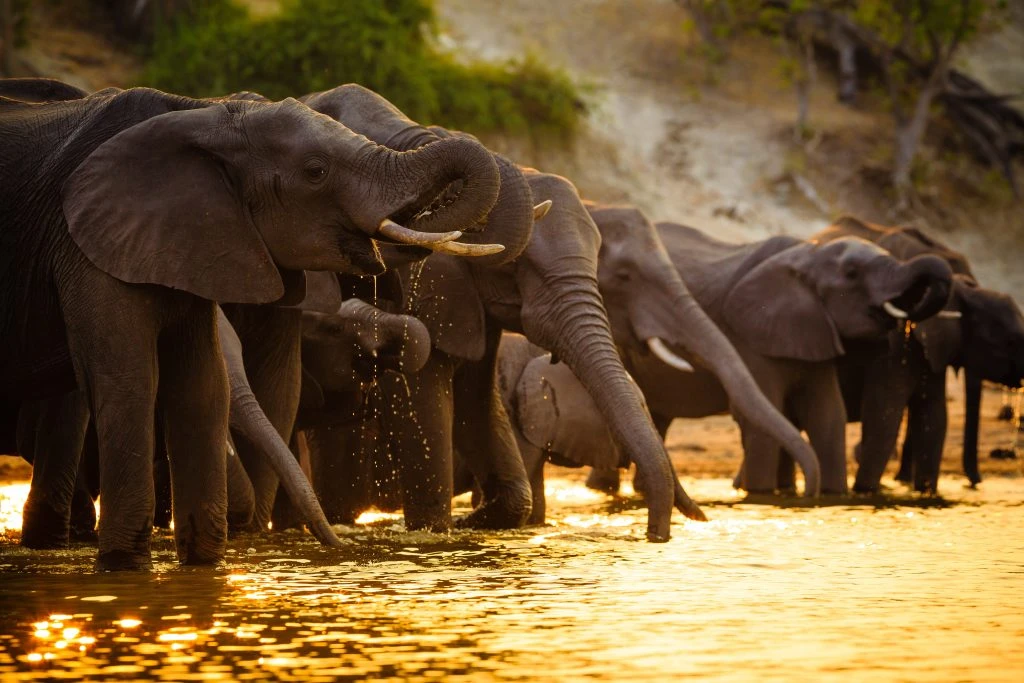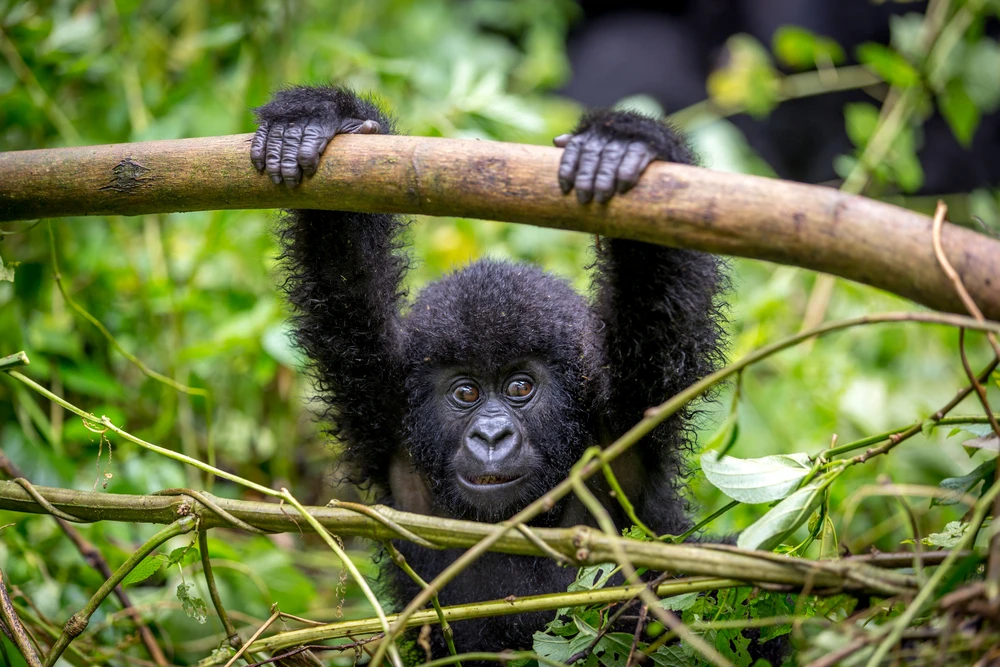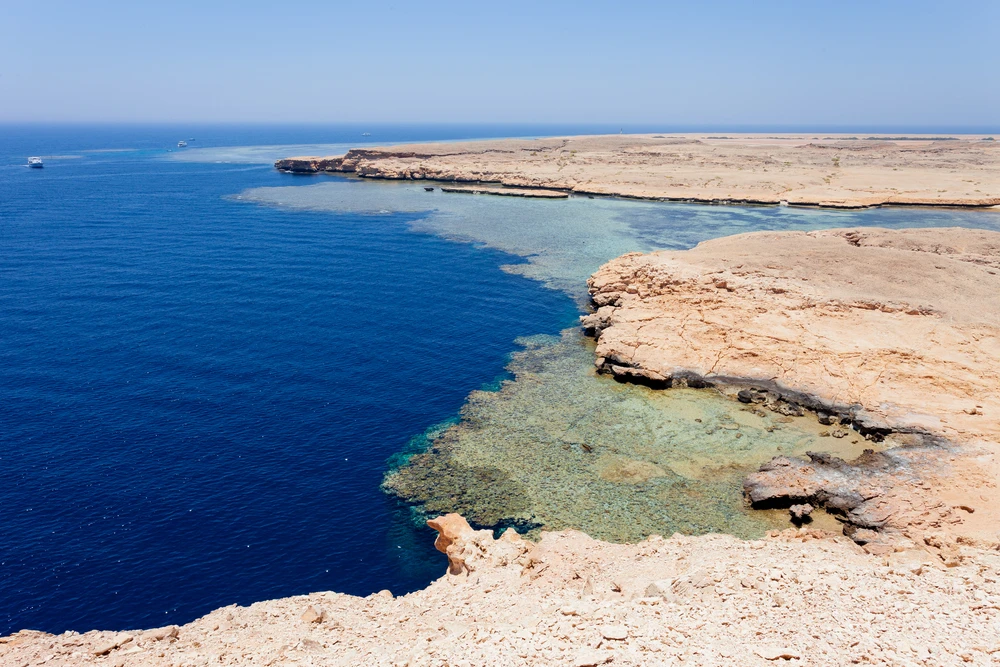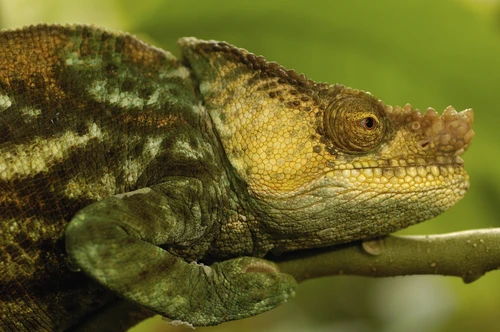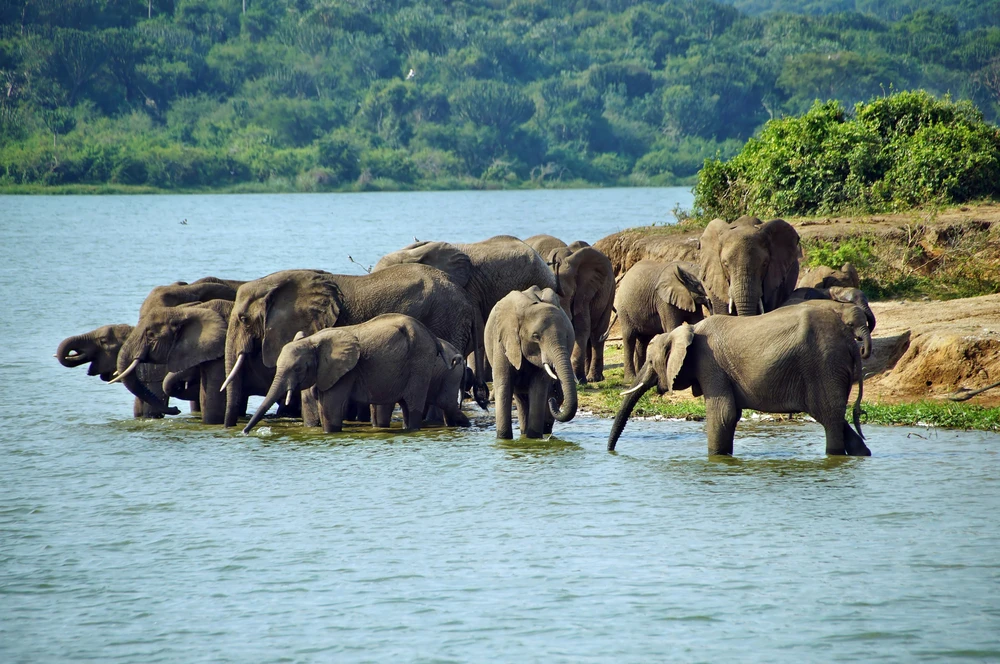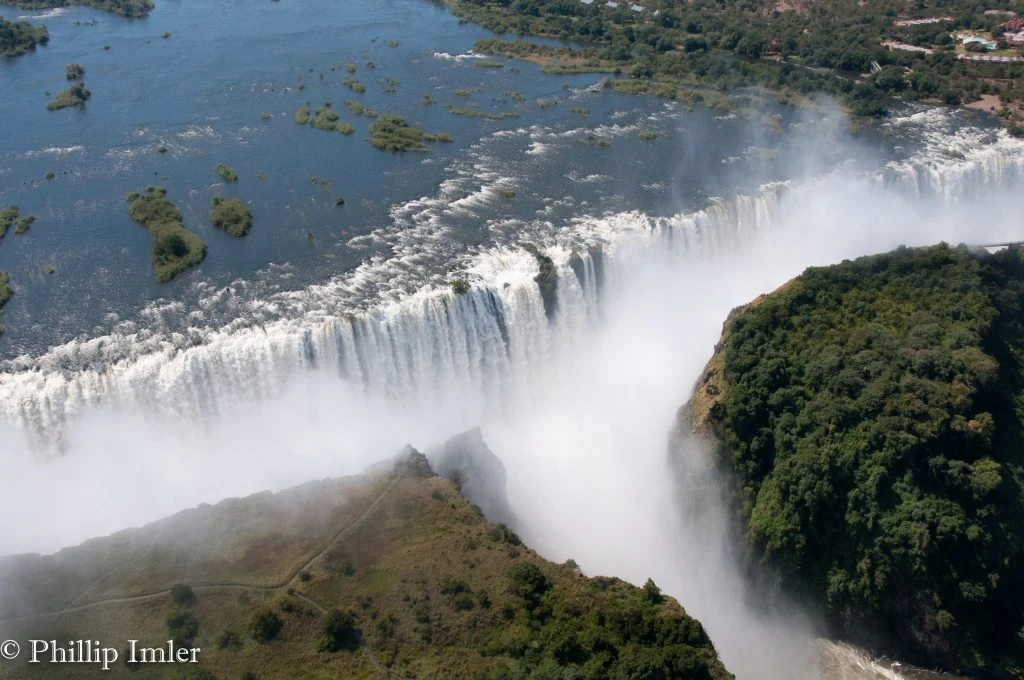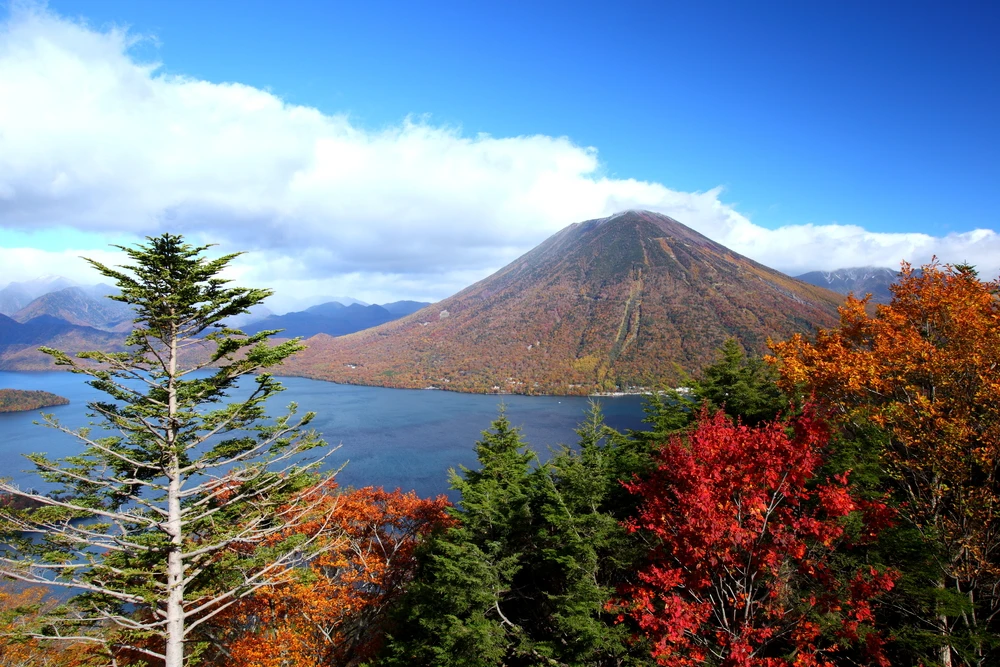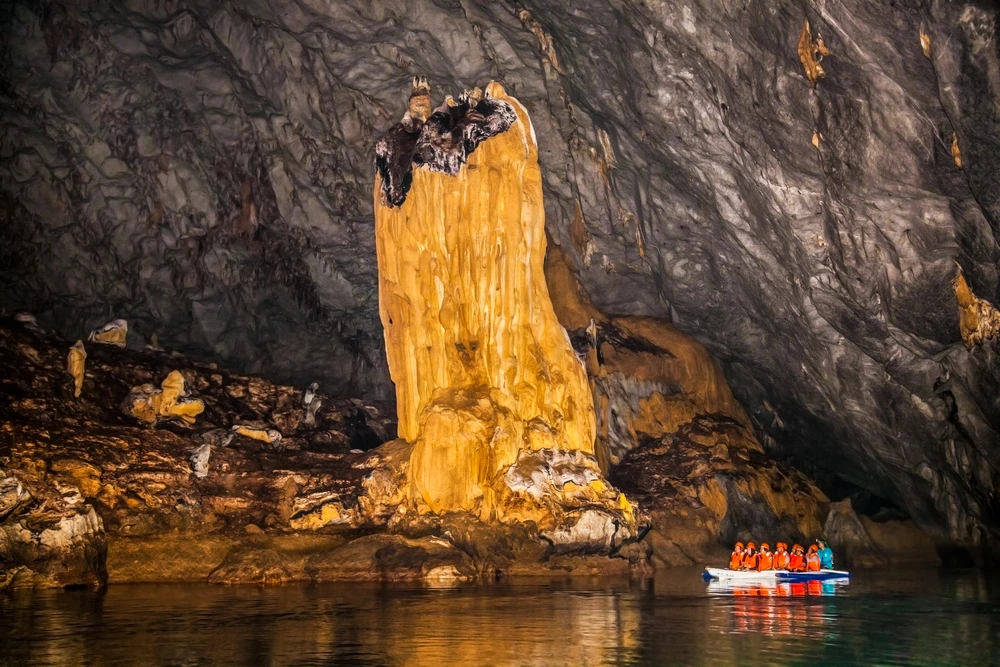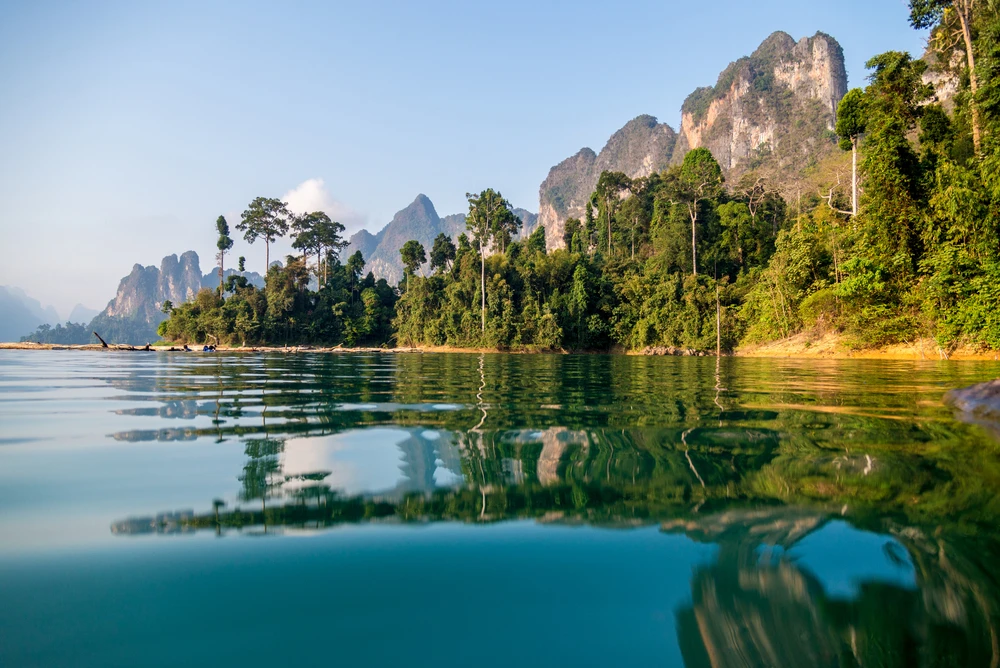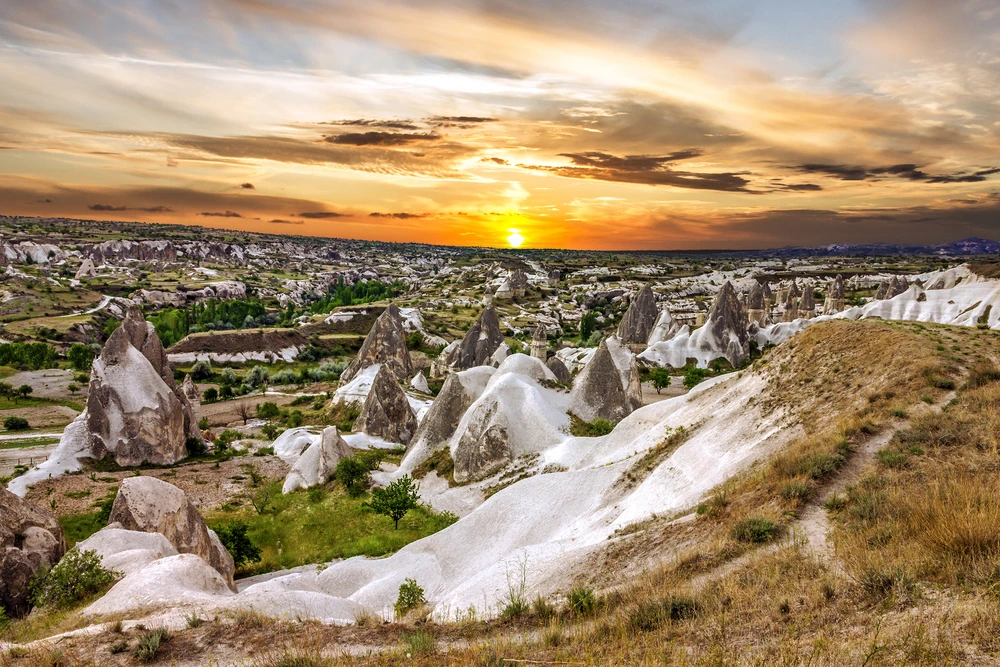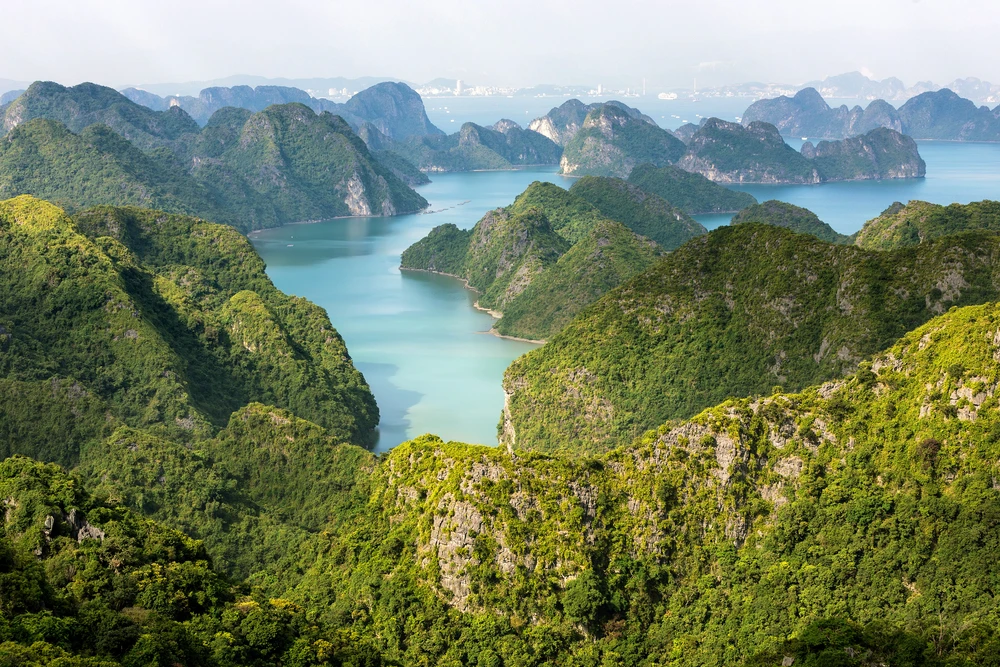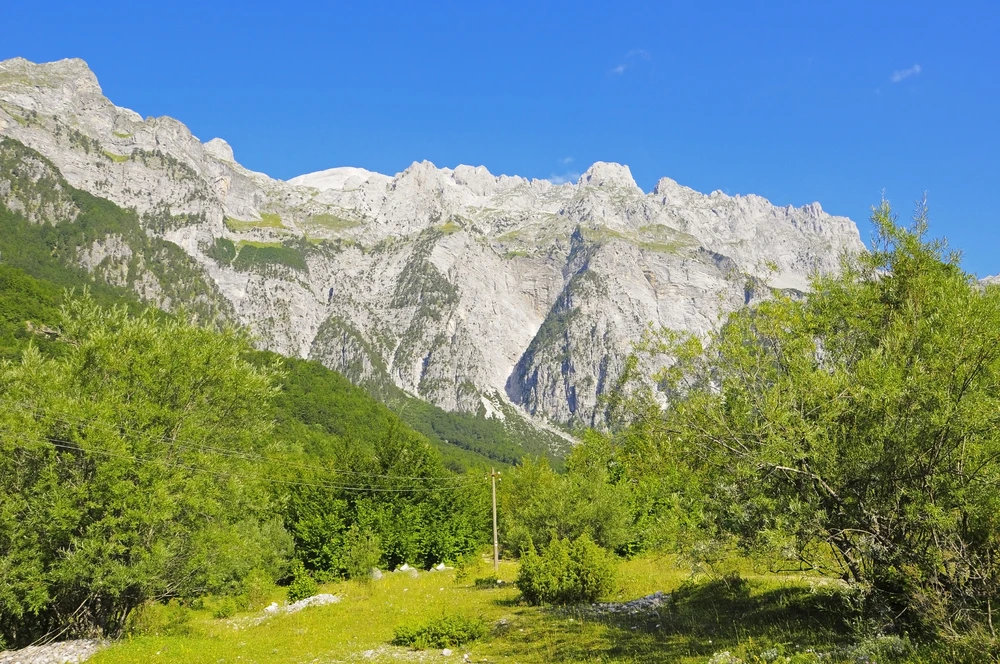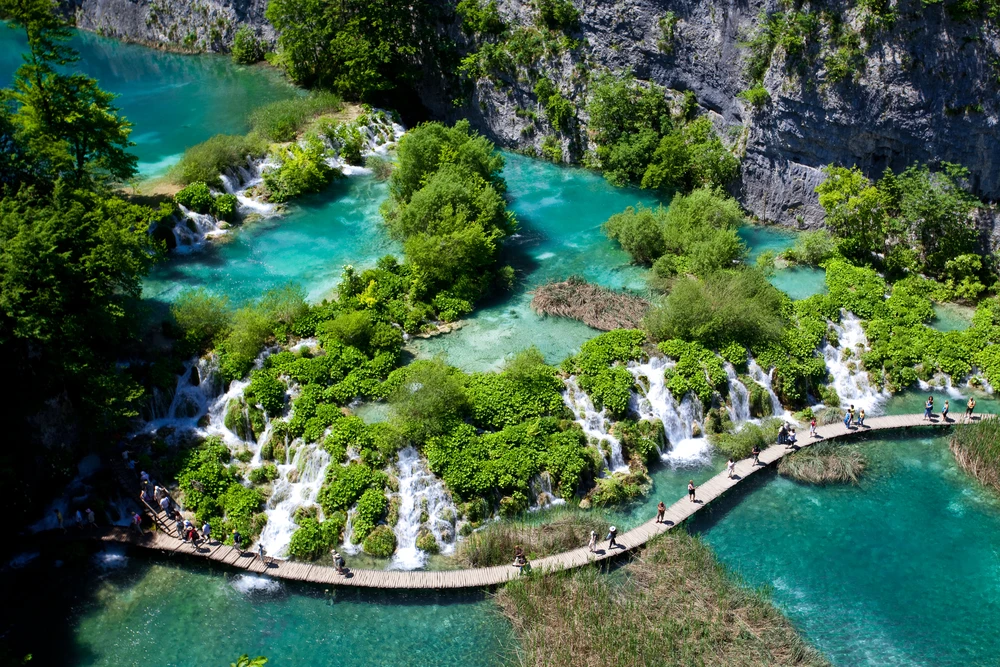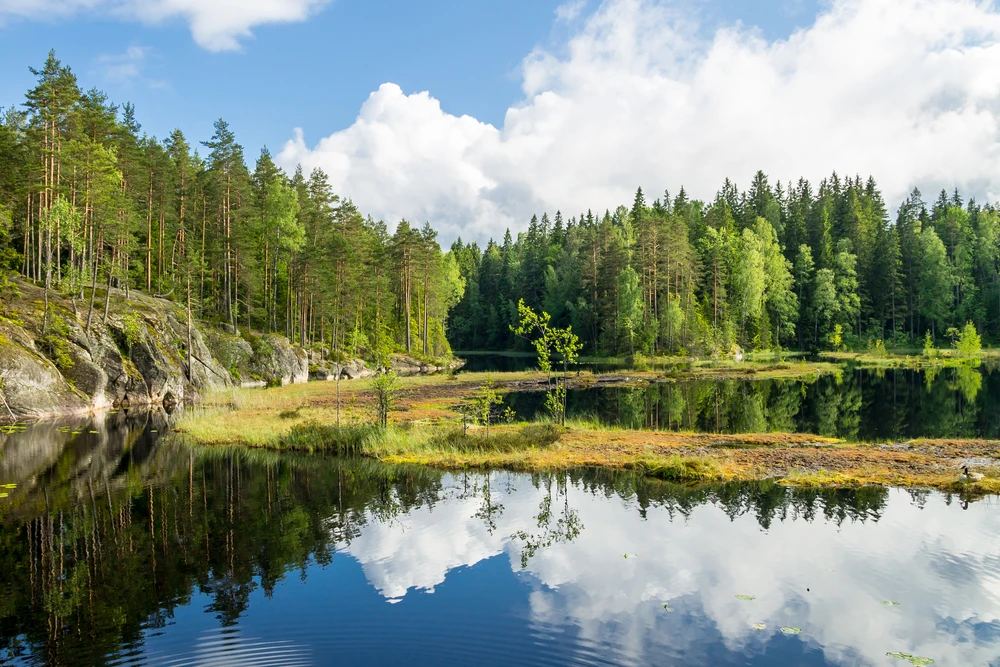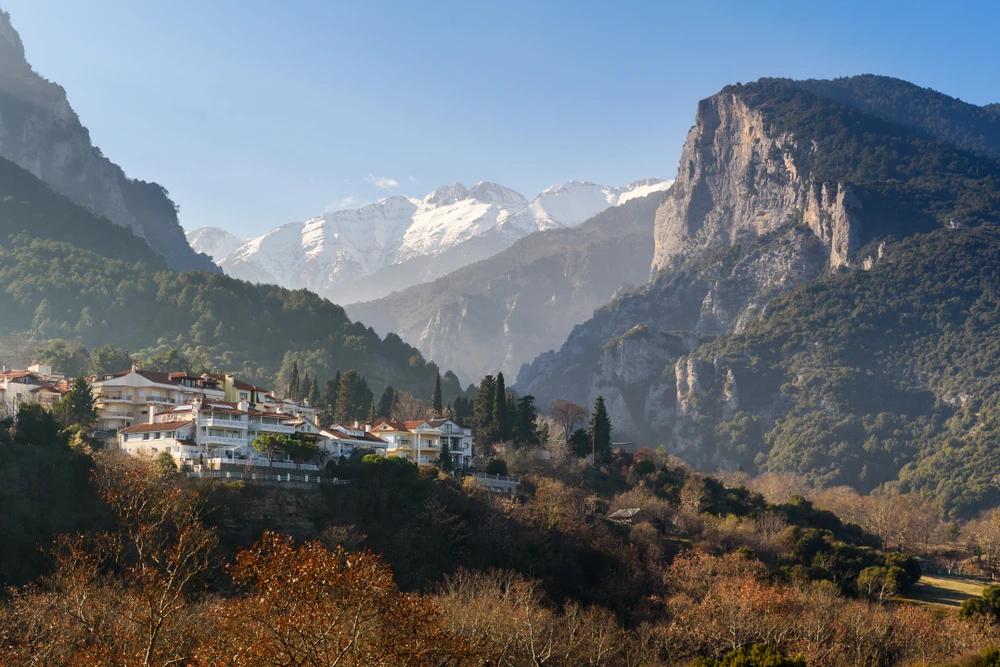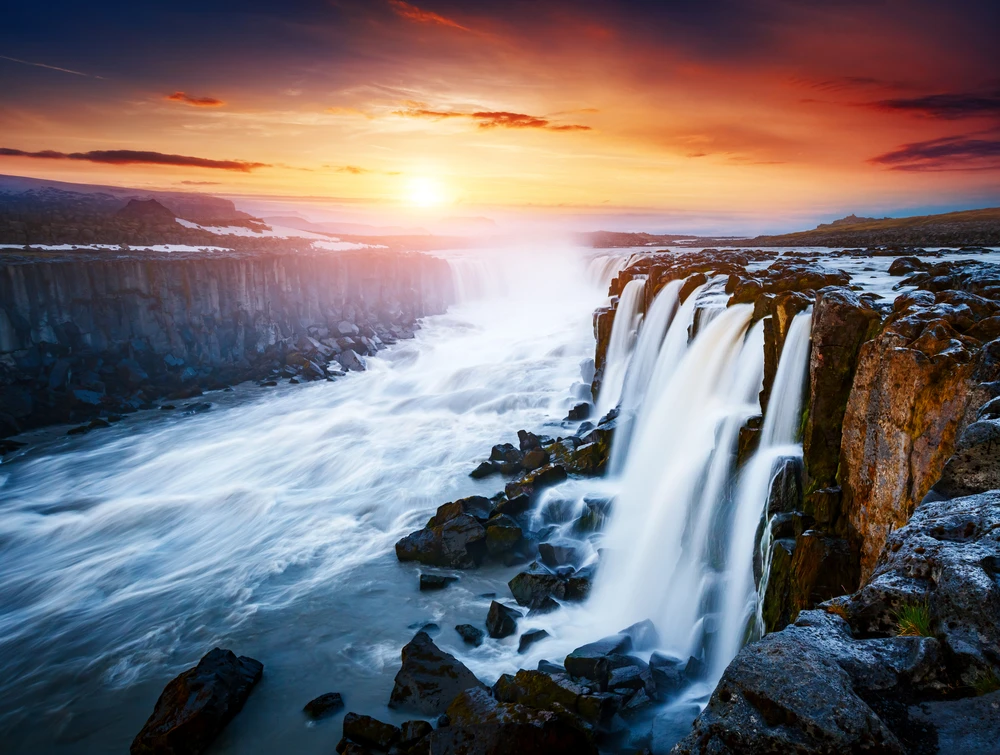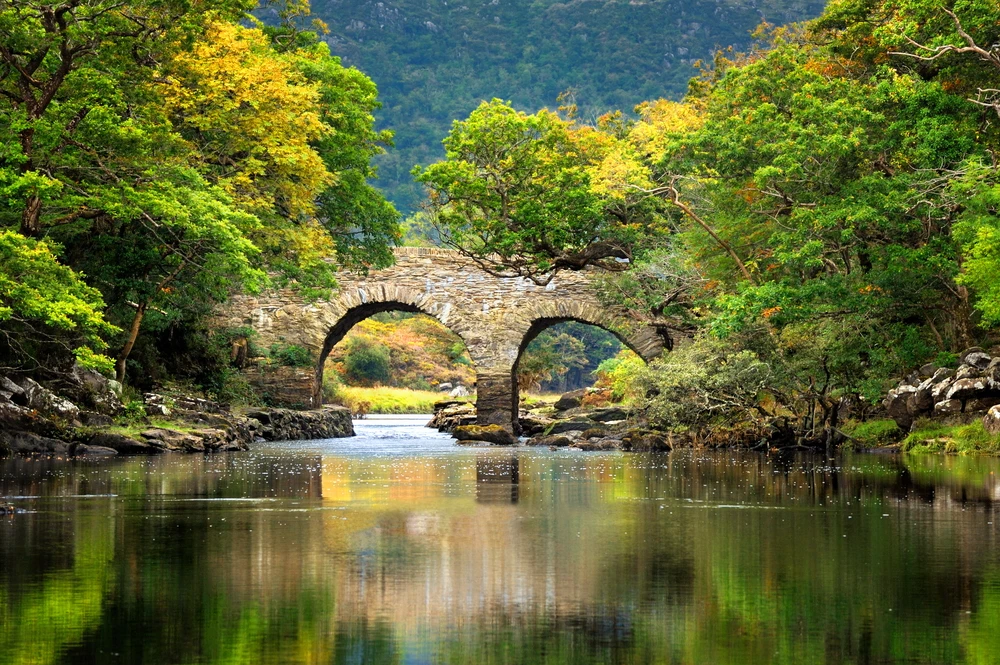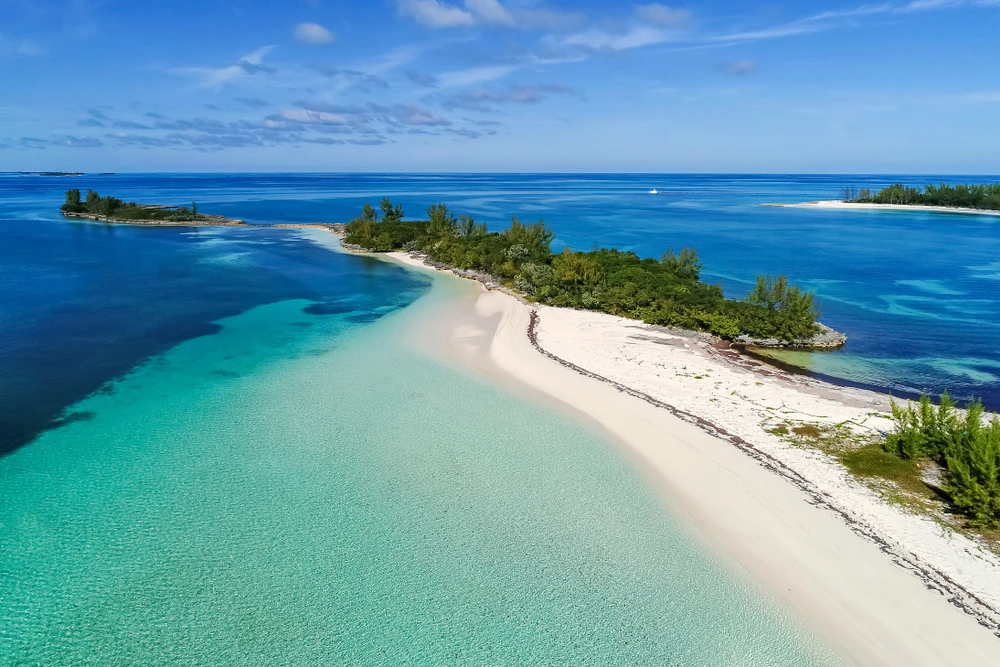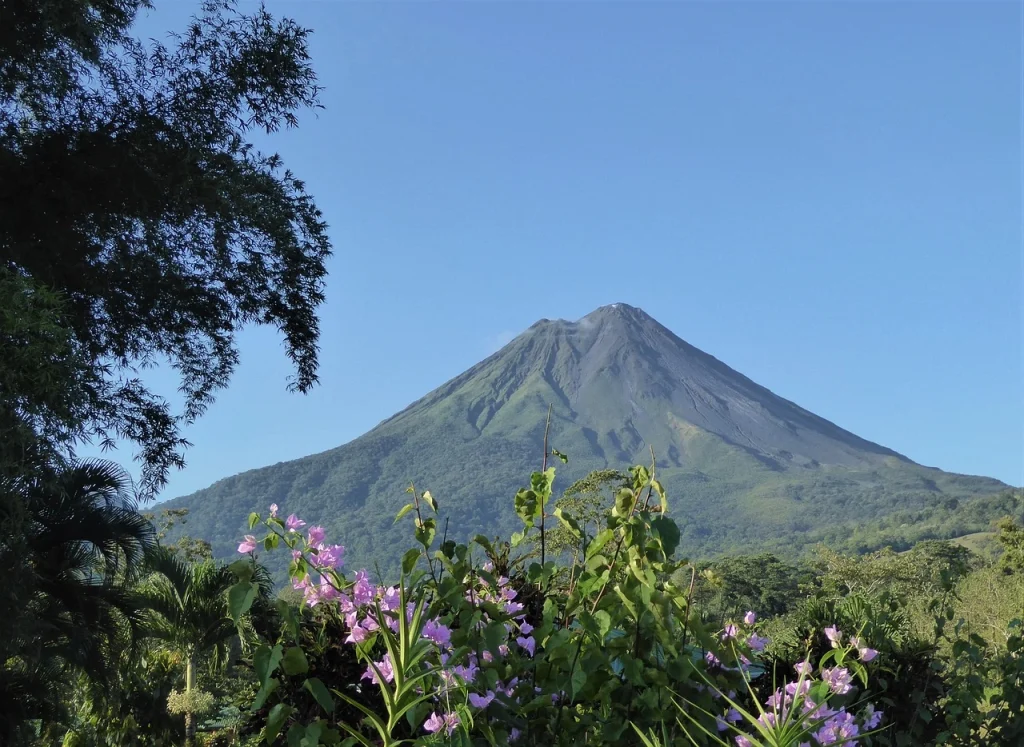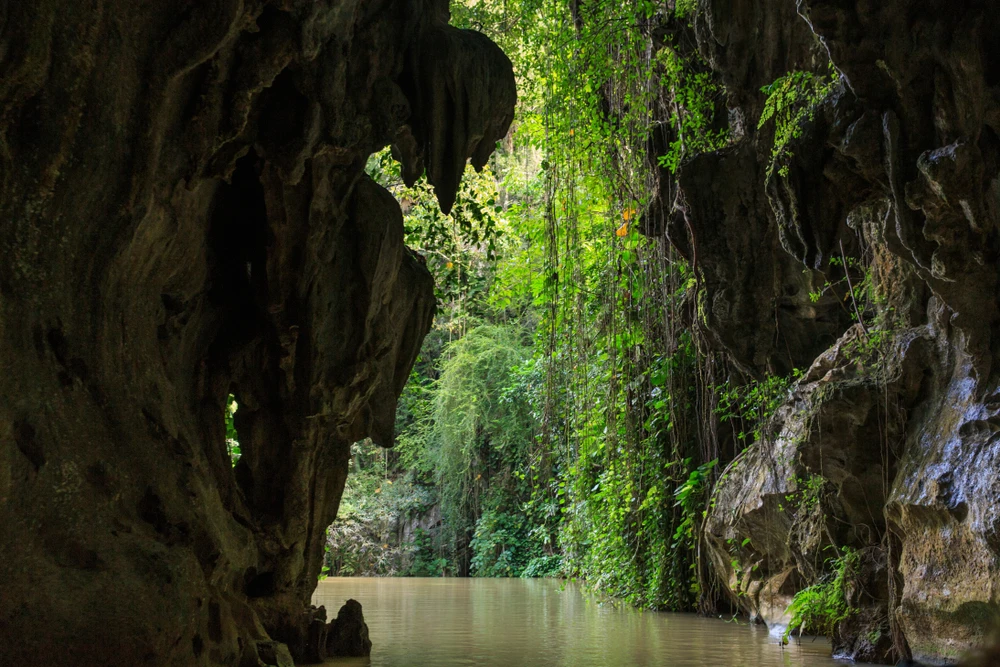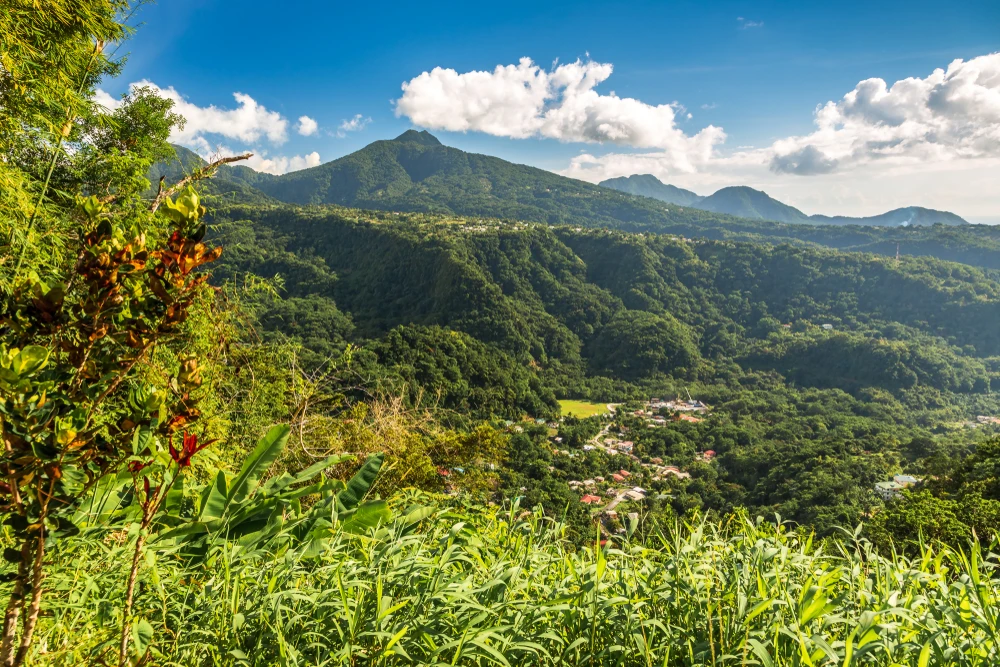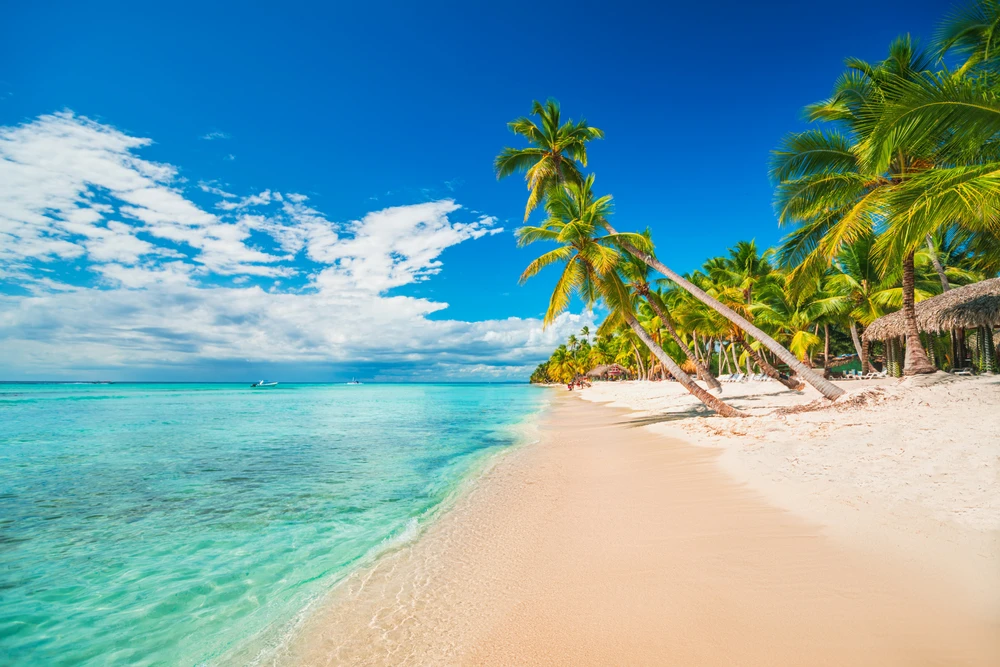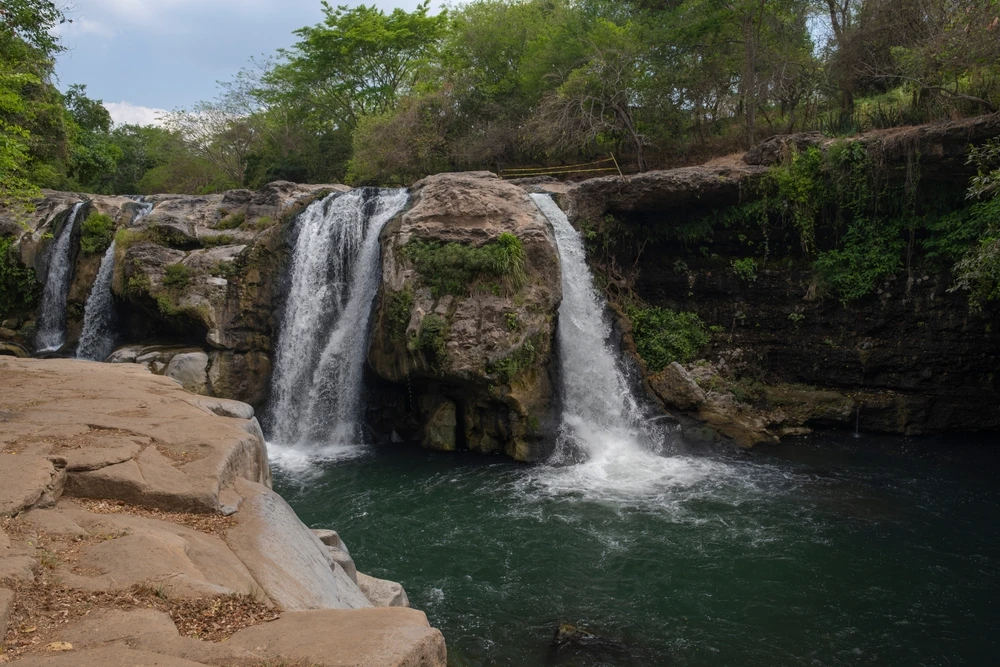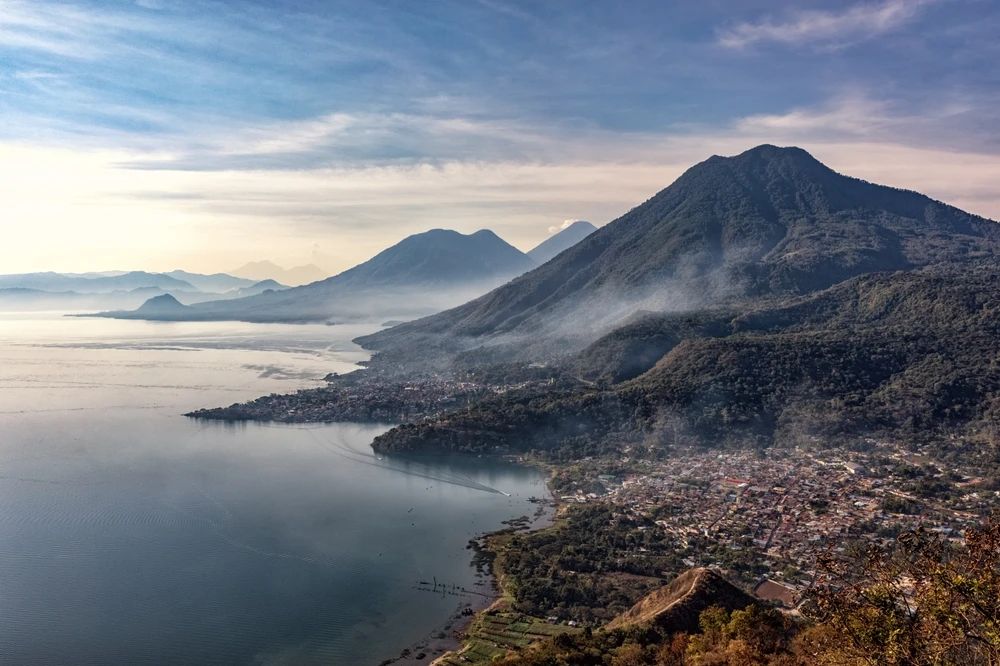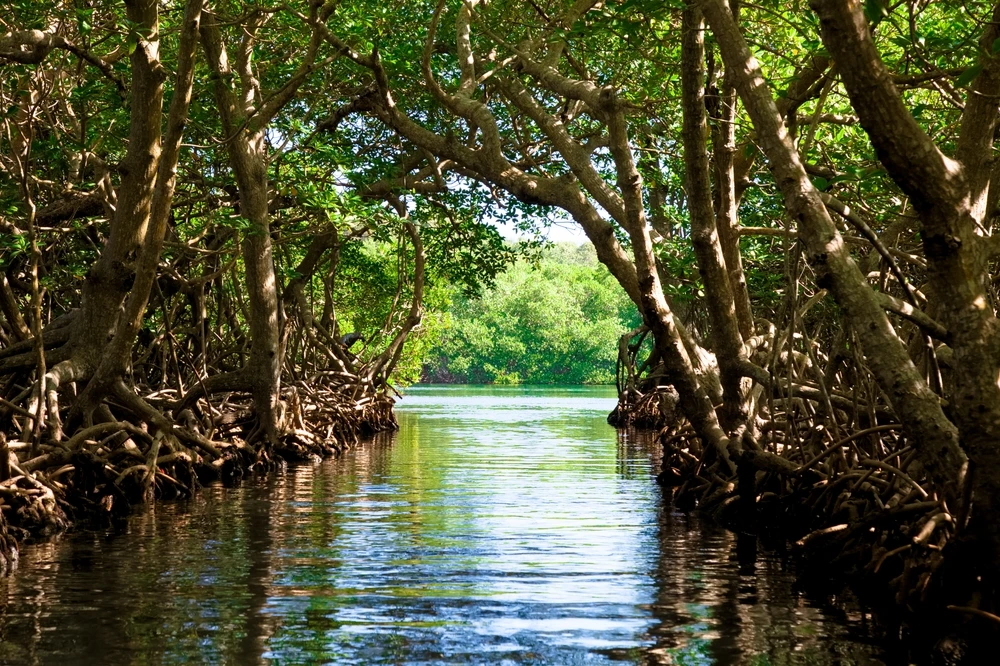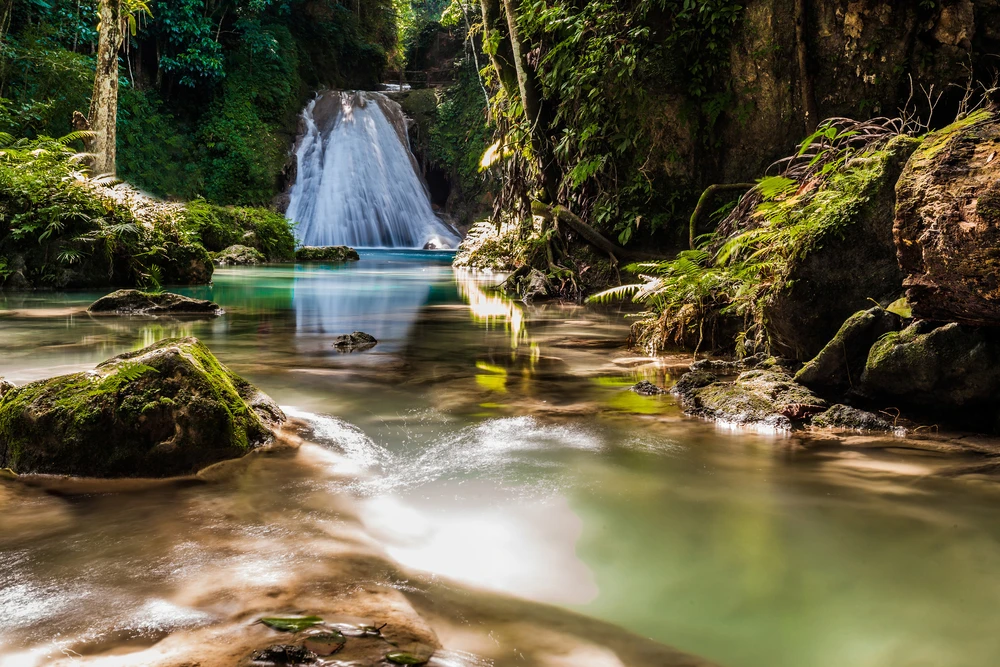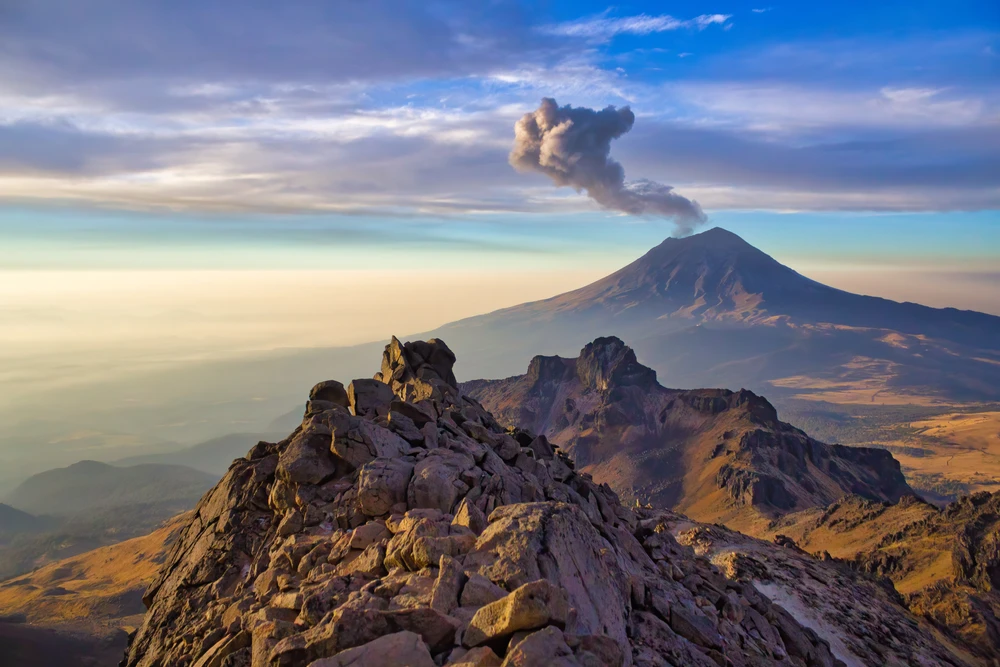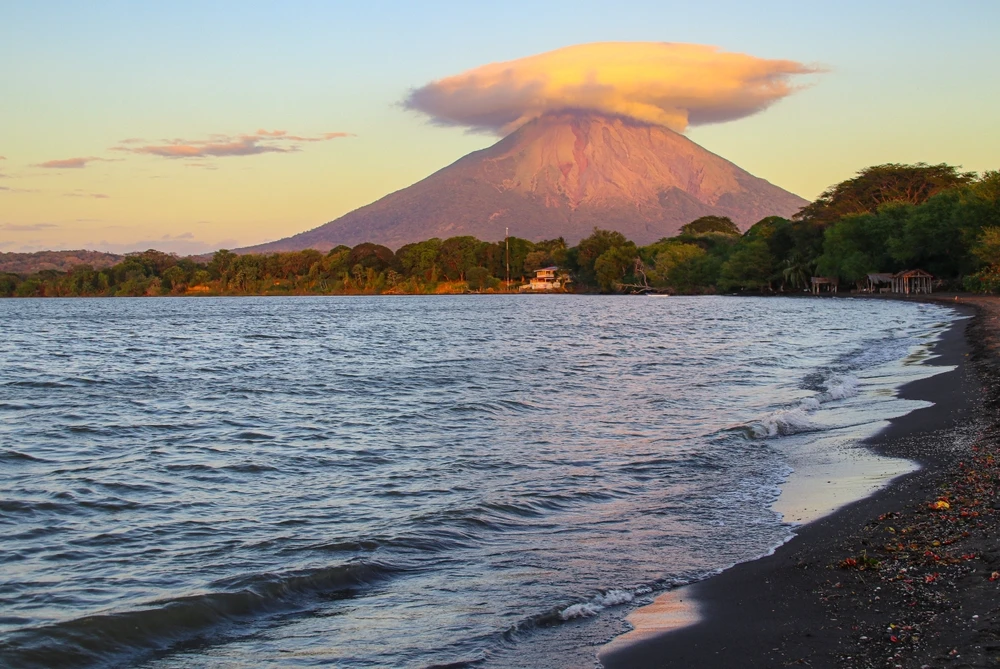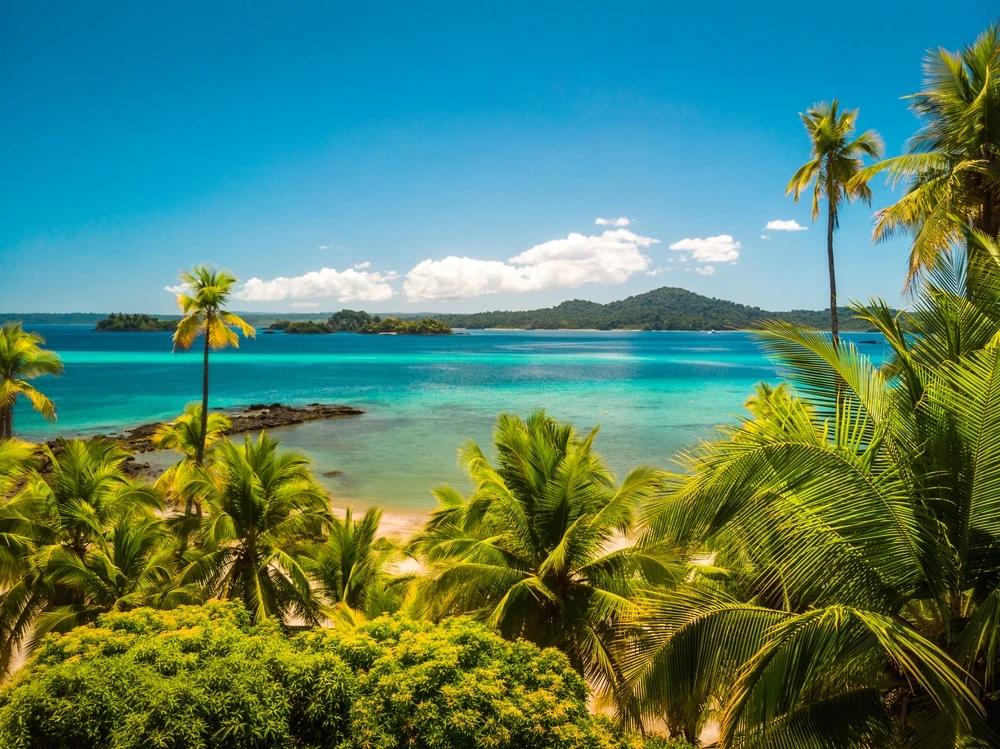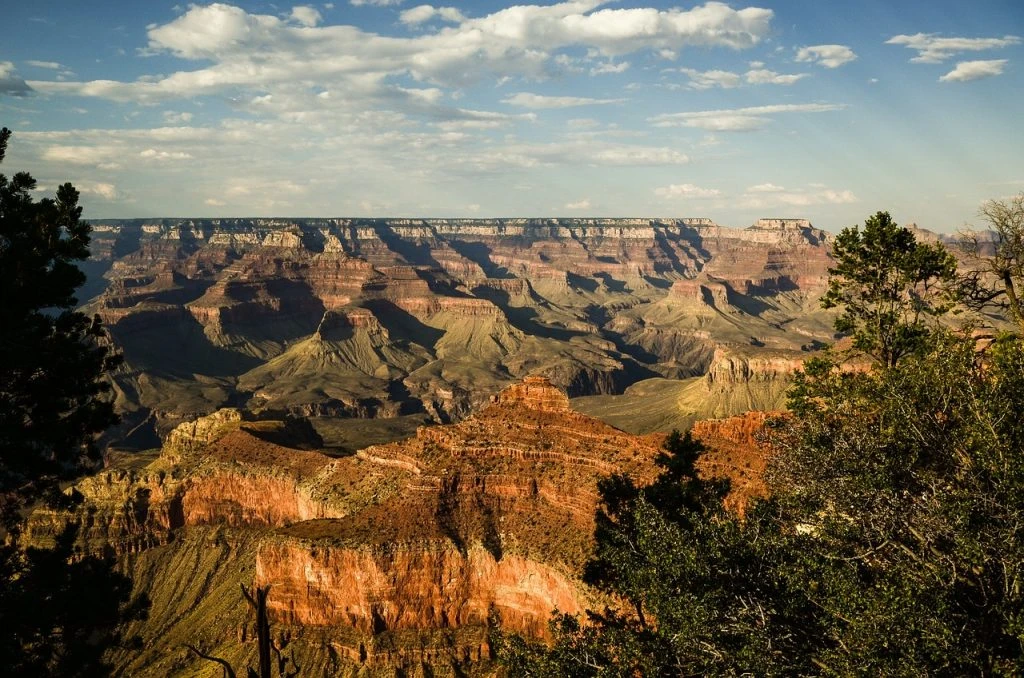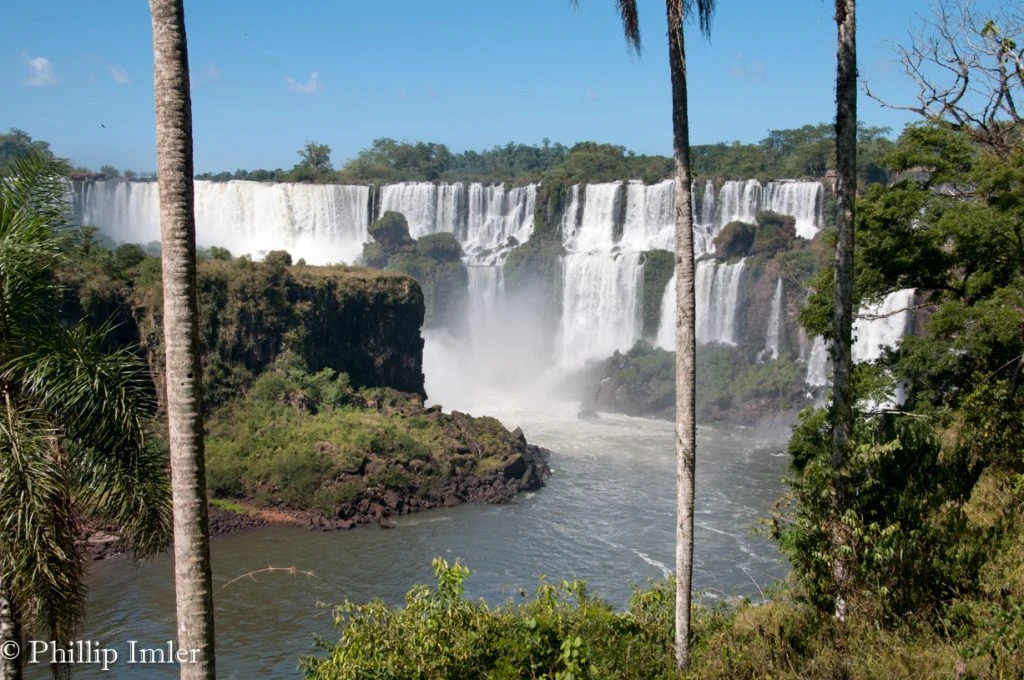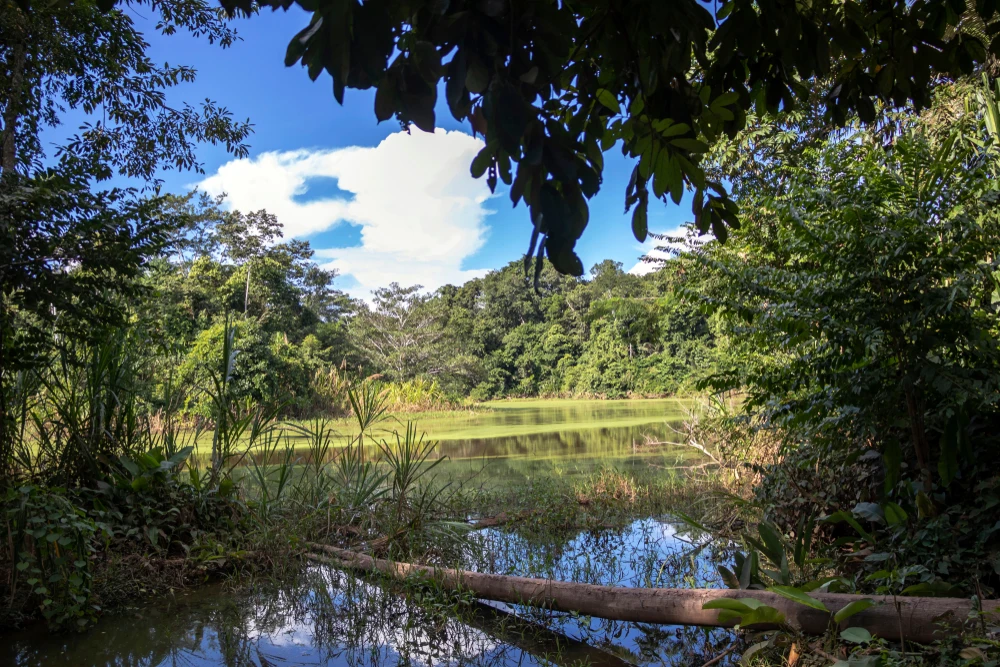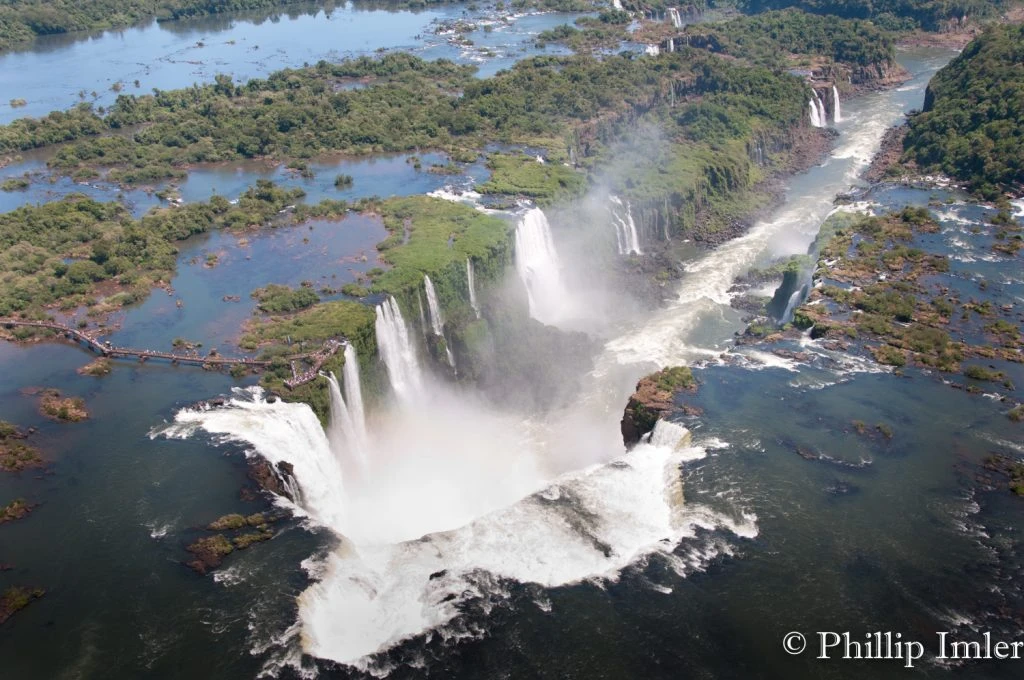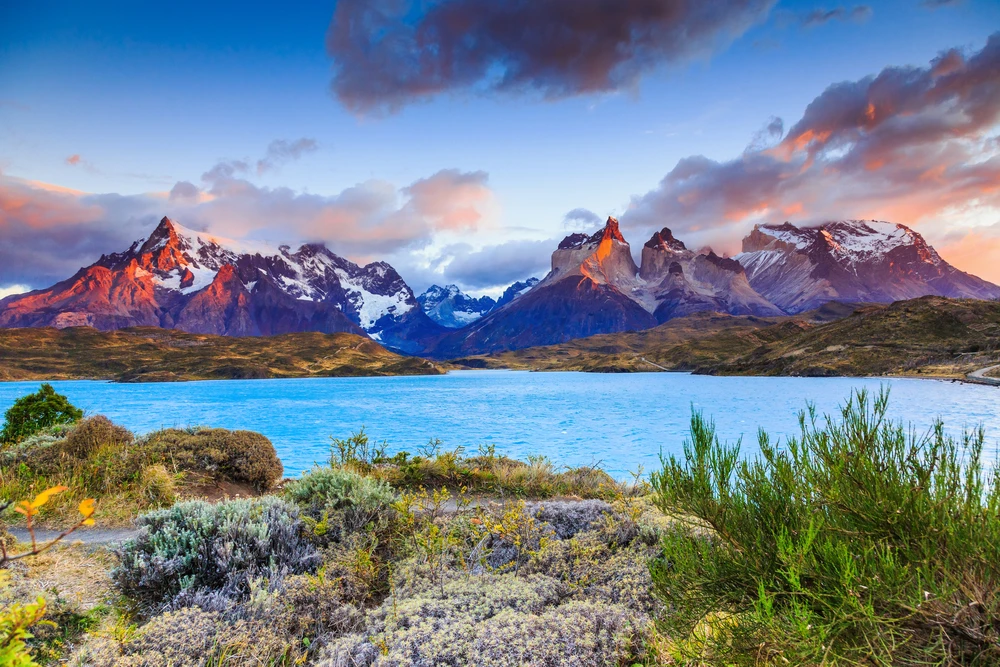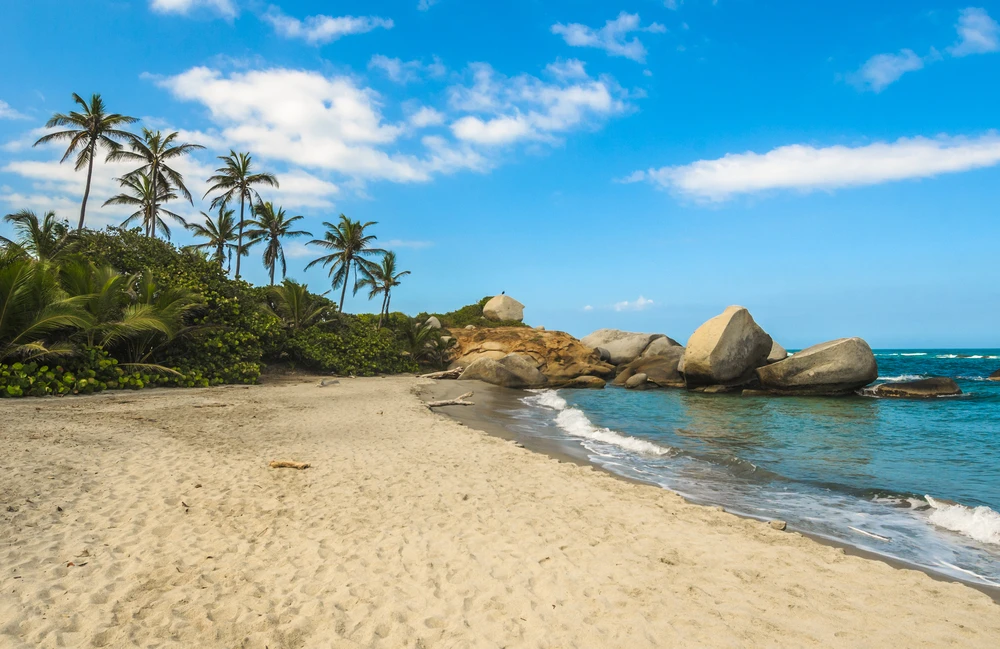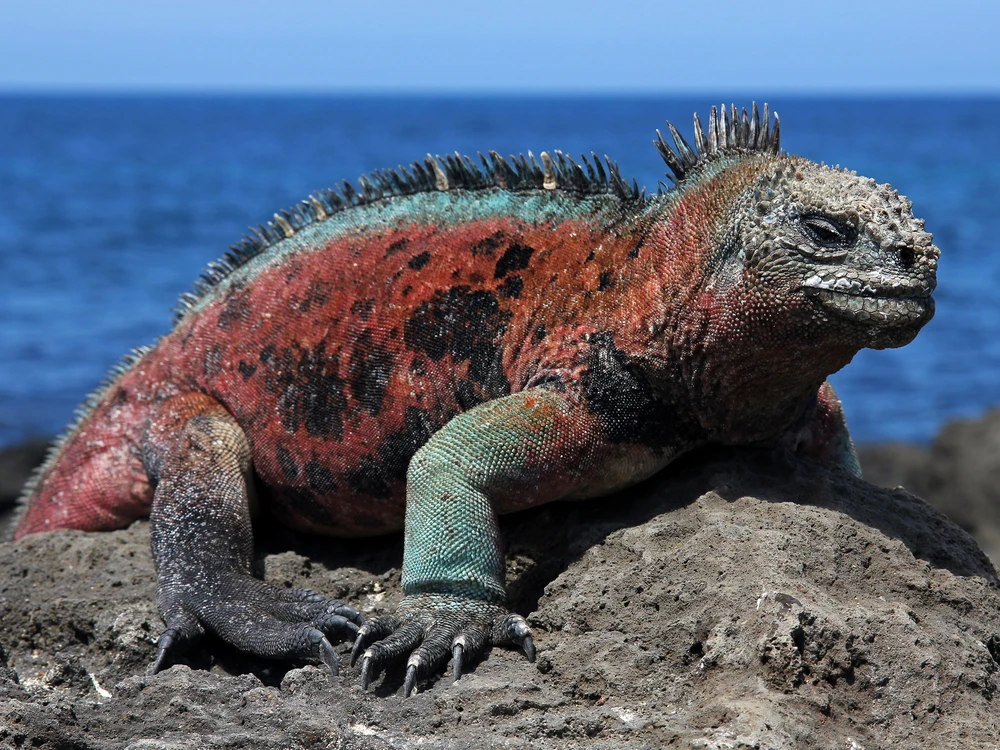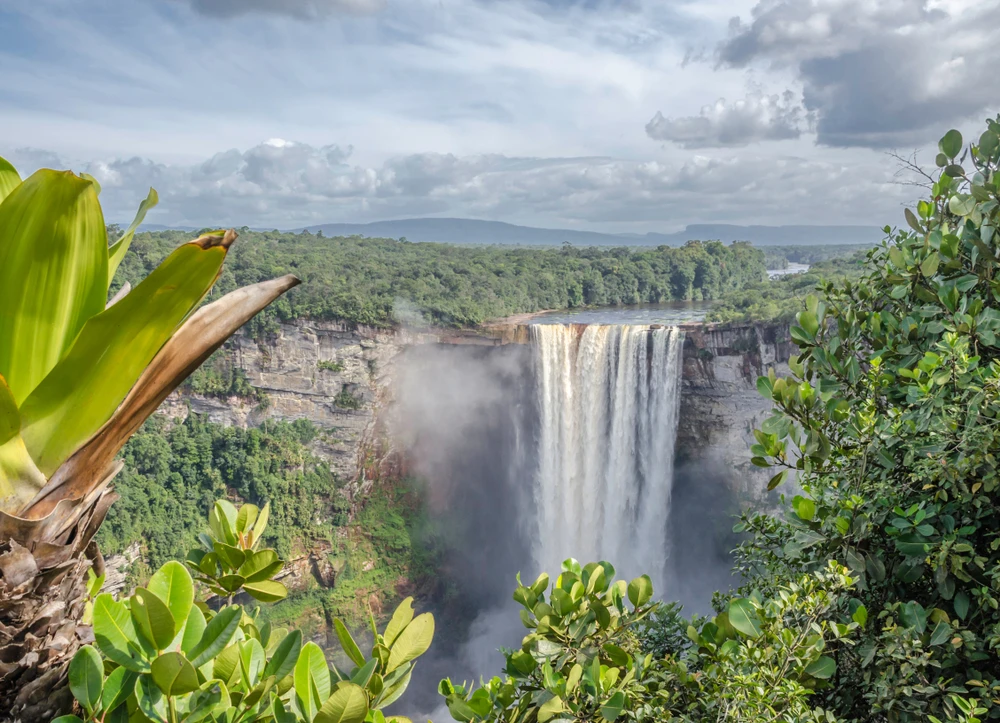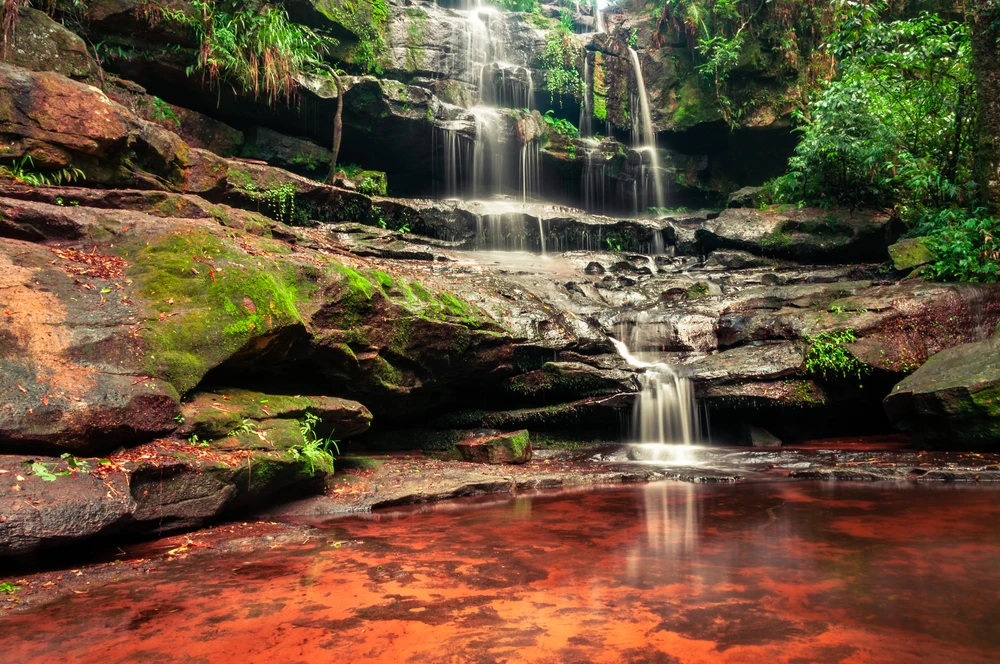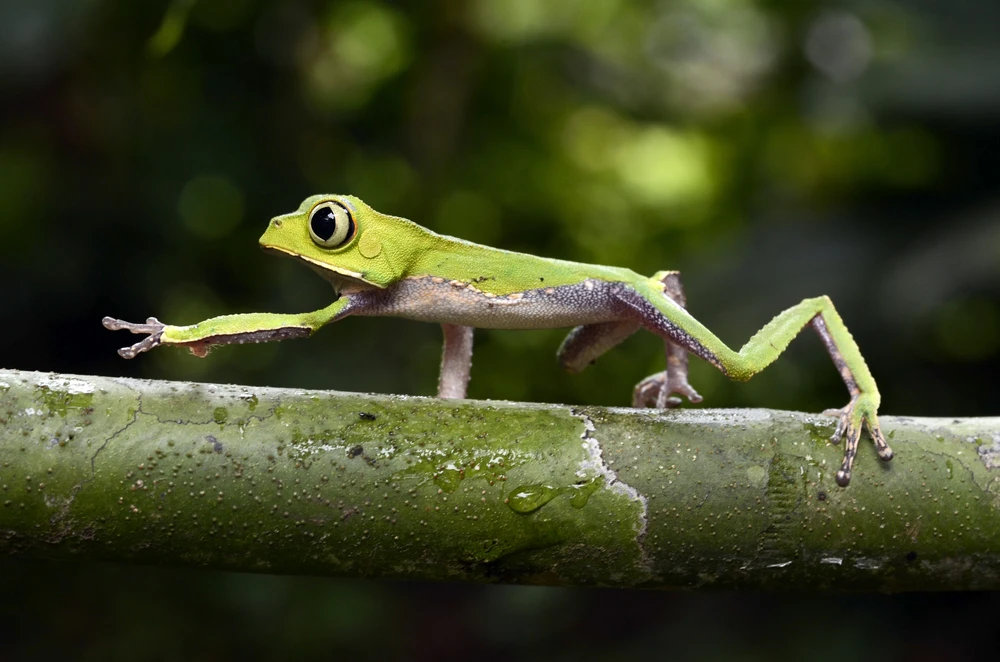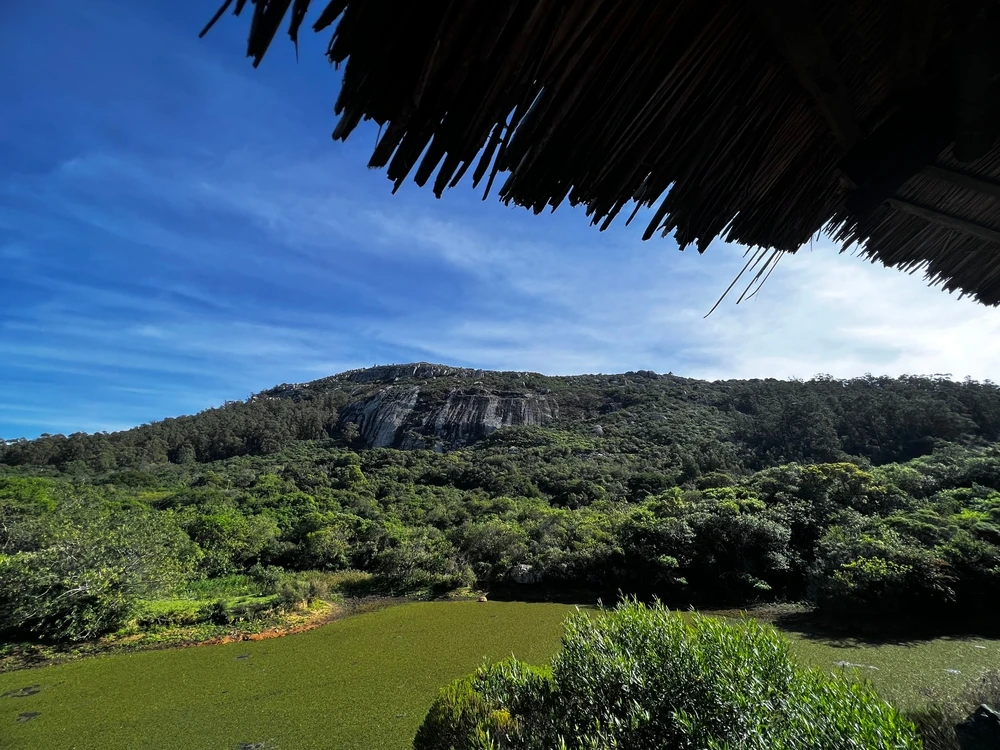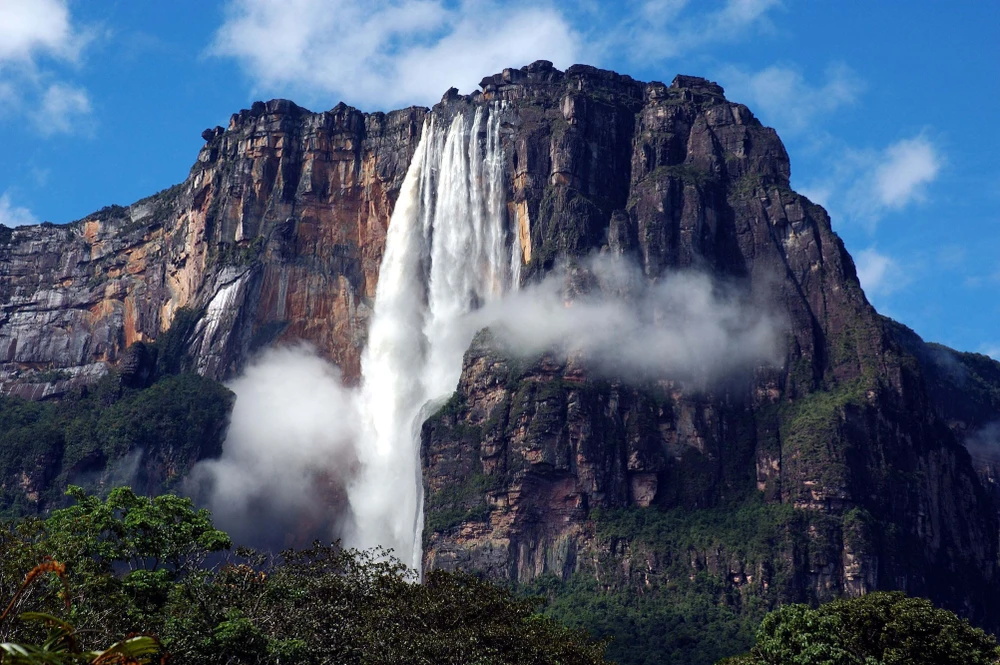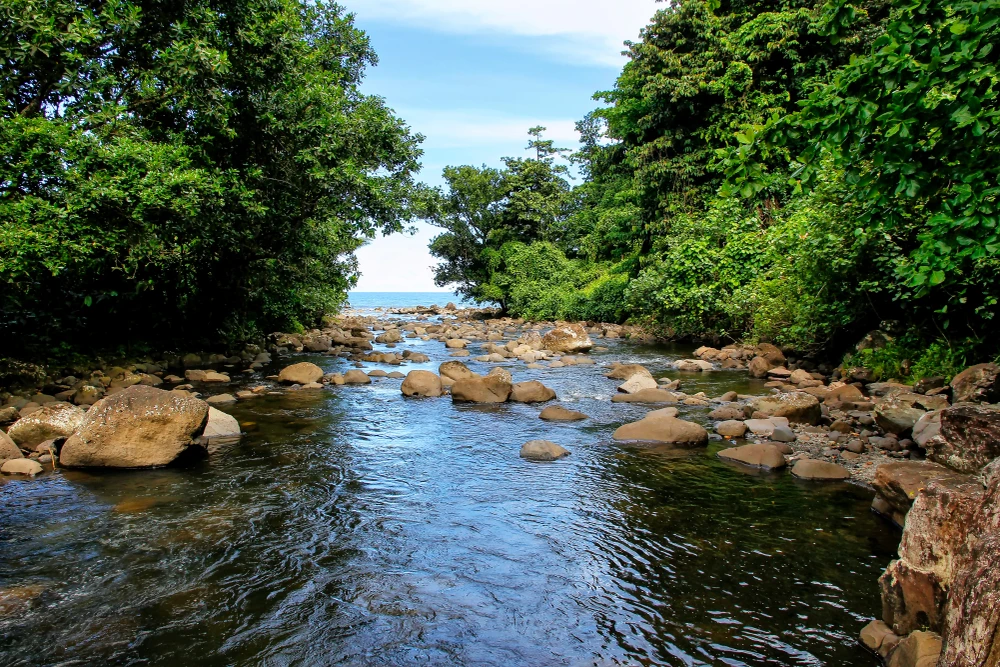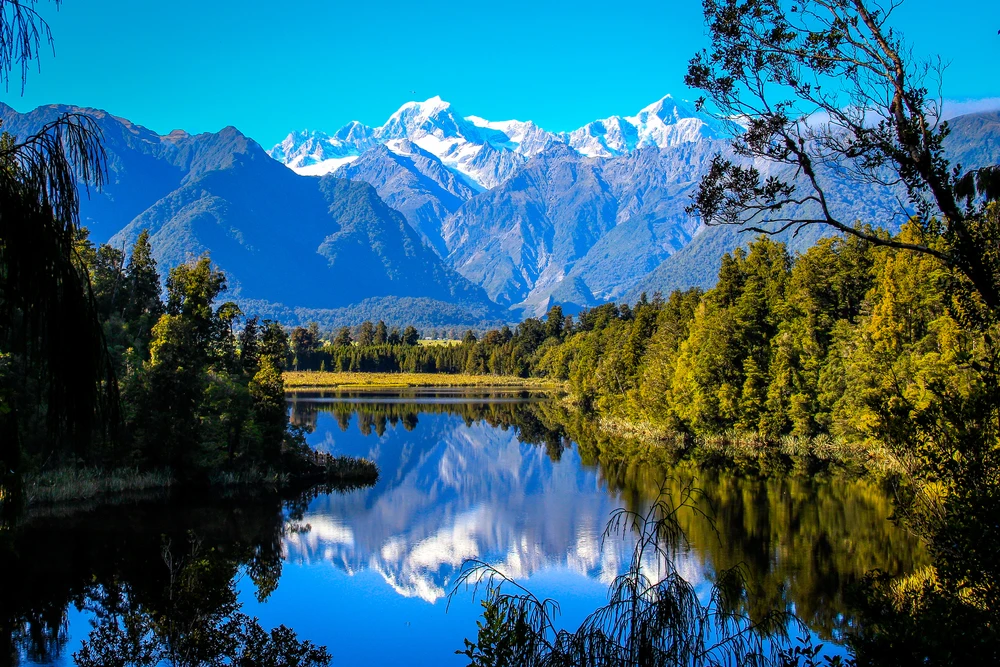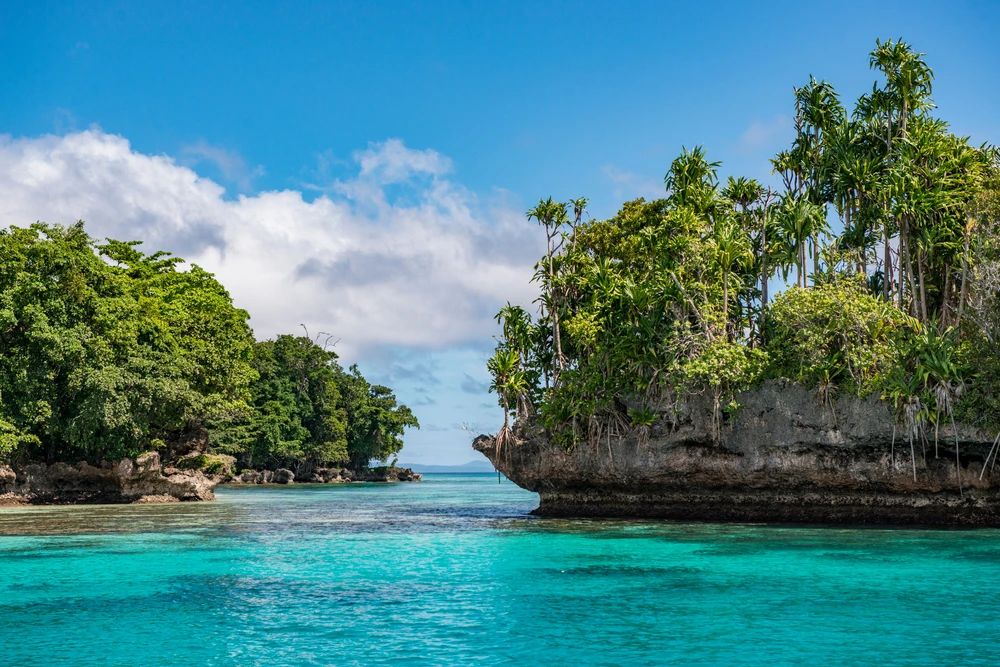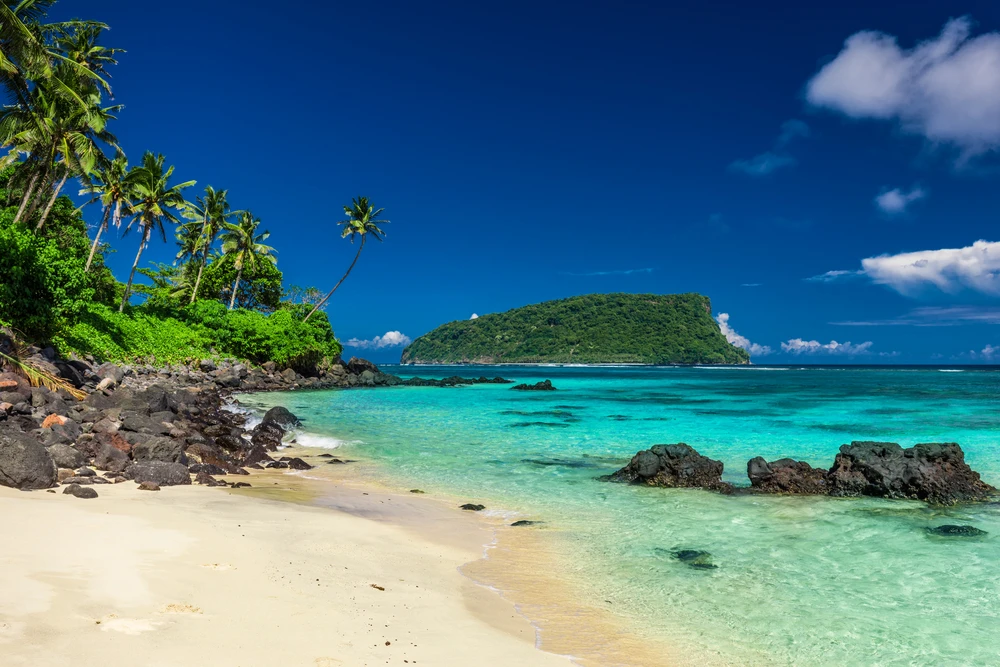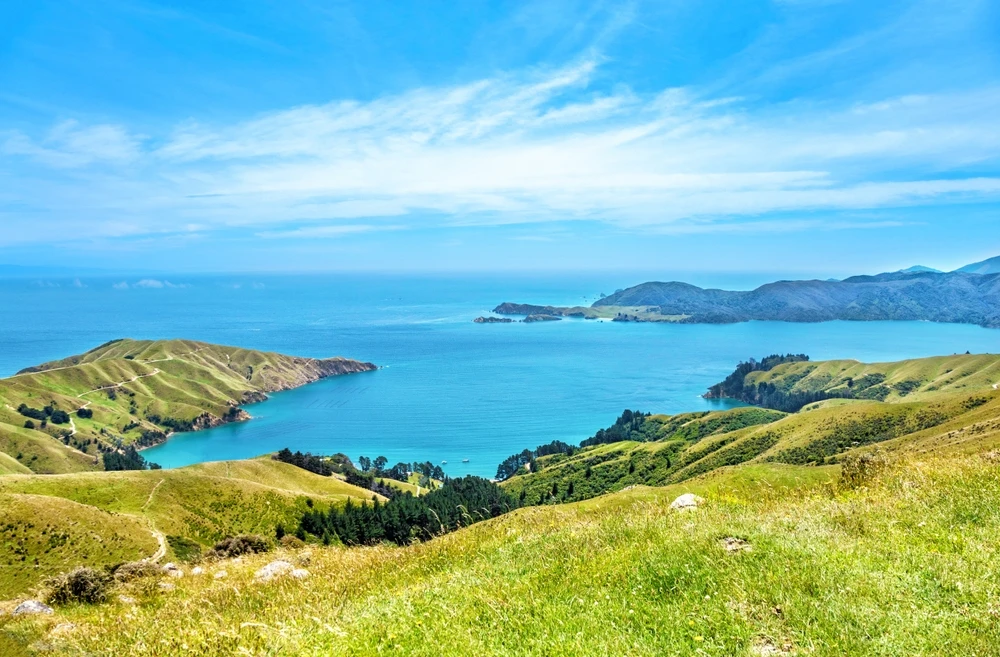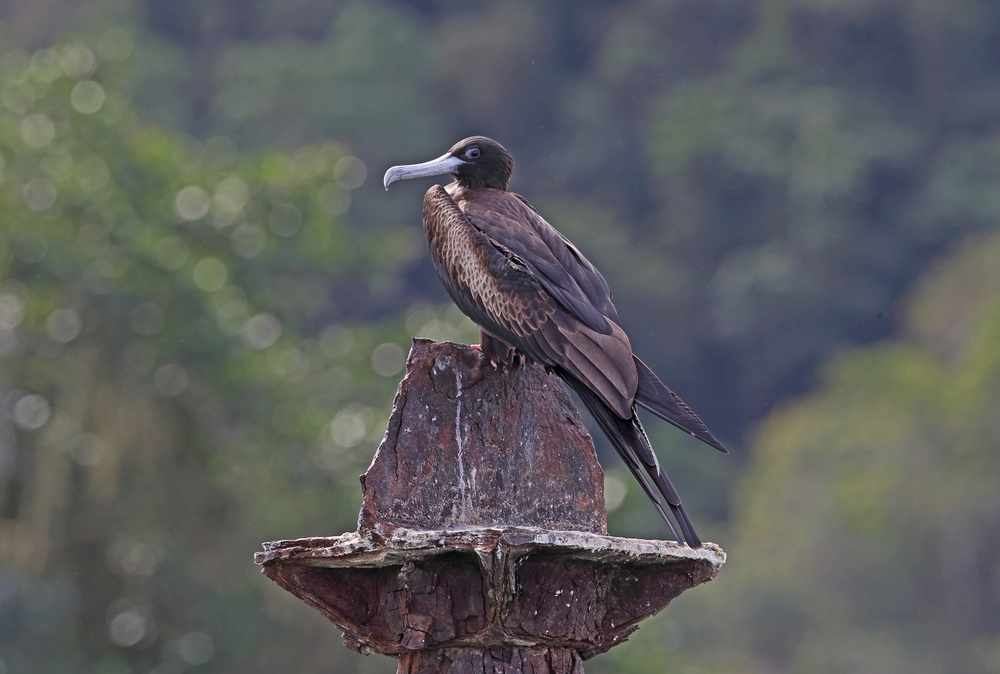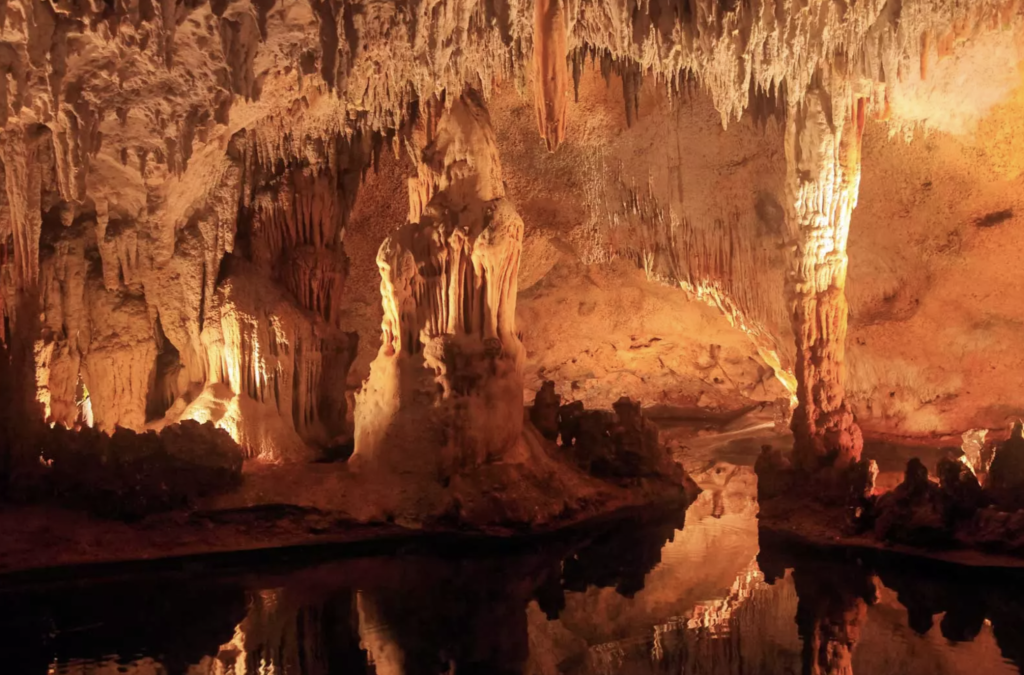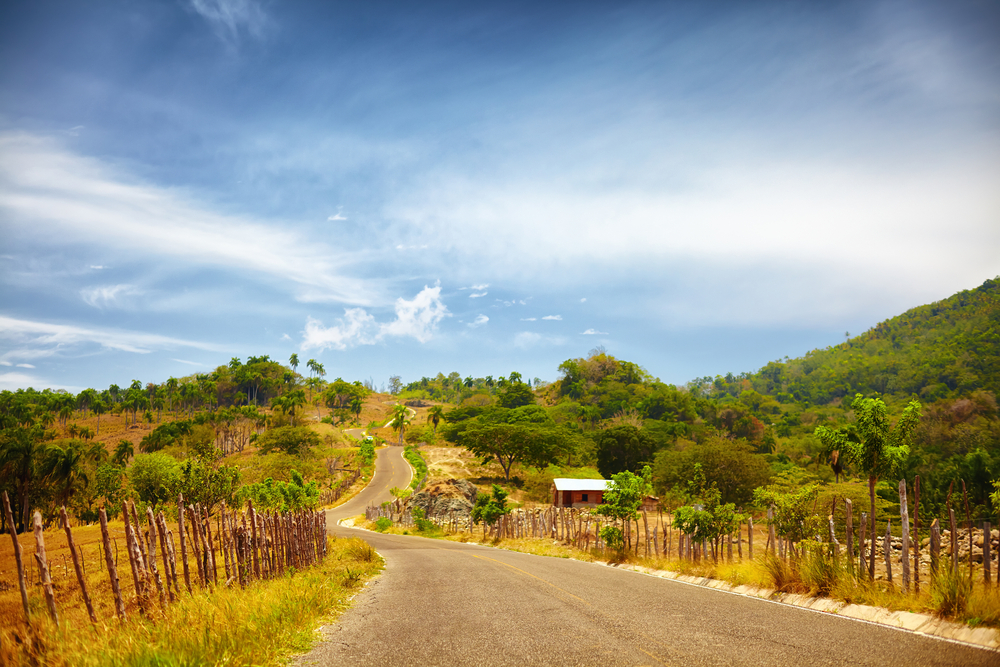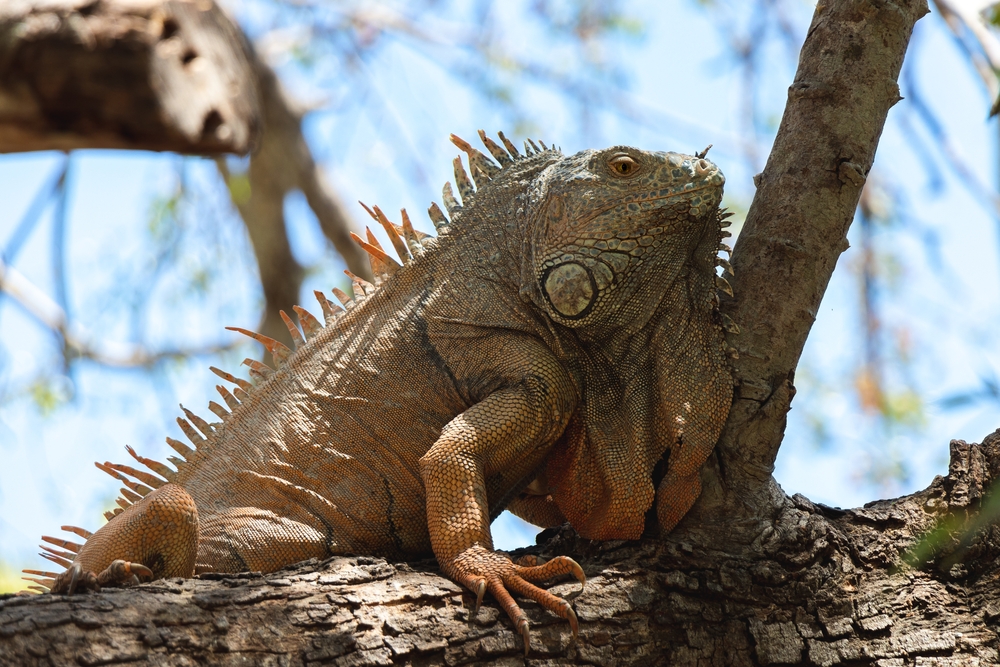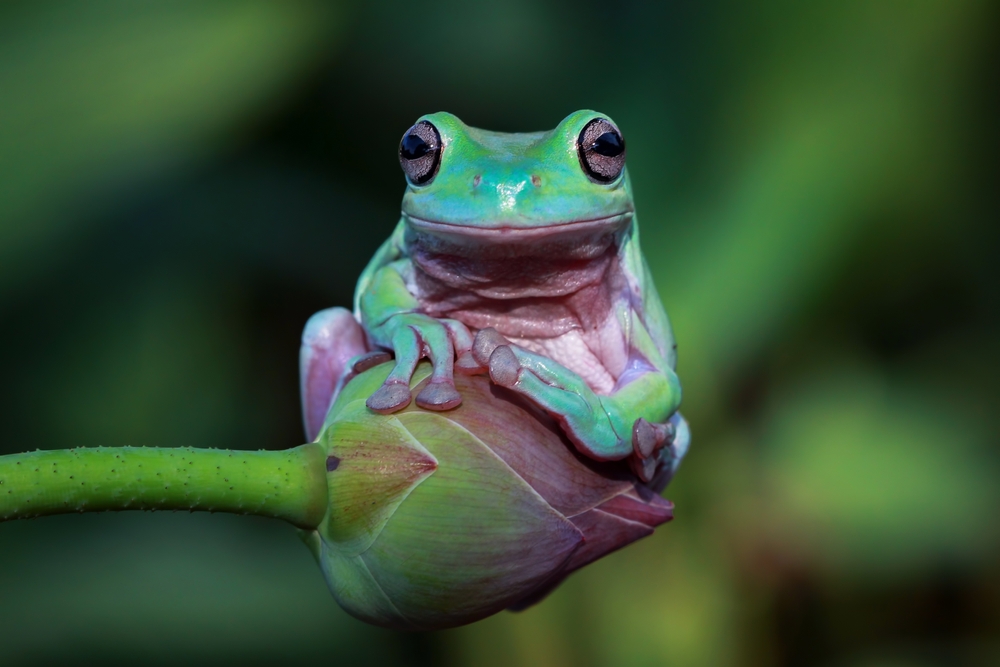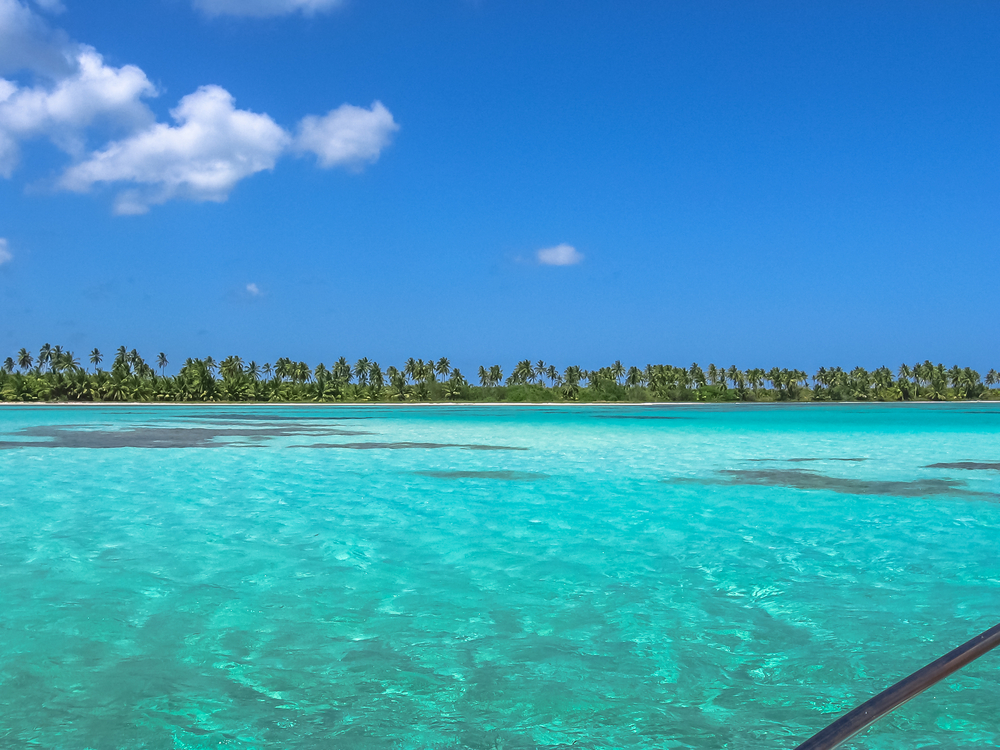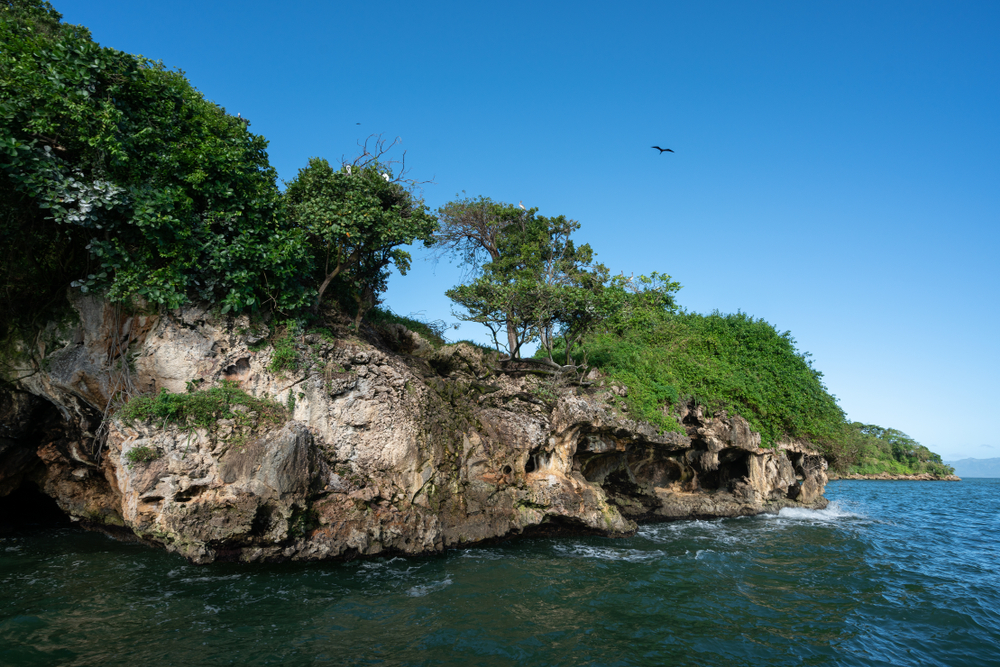La Caleta Underwater Overview
La Caleta Underwater National Park, or Parque Nacional Submarino La Caleta in Spanish, is a protected marine area off the southeastern coast of the Dominican Republic, near the capital city of Santo Domingo.
Encompassing approximately 4.4 square miles (11.4 square kilometers), this national park is an underwater paradise, renowned for its vibrant coral reefs, diverse marine life, and historical shipwrecks that attract divers from around the world. Established in 1986, the park was designated to protect one of the country’s most important marine ecosystems and provide opportunities for sustainable tourism and scientific research.
The park’s underwater landscape is a mesmerizing world filled with coral formations, underwater caves, and rocky walls that provide shelter to an abundance of marine species. Among its most famous features is the Hickory, a deliberately sunken shipwreck that has become an artificial reef teeming with marine life.
The seabed is home to diverse coral species, including brain corals, sea fans, and elkhorn corals, which create a colorful and complex ecosystem supporting an array of aquatic creatures. The waters here offer excellent visibility, making it an ideal spot for scuba divers and snorkelers who want to experience the beauty of the Caribbean’s underwater world.
La Caleta Underwater National Park is home to a rich variety of marine species, including vibrant tropical fish, sea turtles, and stingrays. Divers often encounter angelfish, parrotfish, and trumpetfish darting through the reefs, while larger species like barracudas and groupers can sometimes be seen patrolling the depths.
The park also serves as an important habitat for endangered sea turtles, including the hawksbill and green sea turtle, which rely on the coral reefs for feeding and shelter. Bird enthusiasts will find interest in the coastal areas of the park, where seabirds such as brown pelicans and magnificent frigatebirds can be observed soaring overhead.
One of the park’s main attractions is its accessibility for diving and snorkeling, making it a favorite destination for underwater exploration. The sunken shipwreck of the Hickory is a particularly popular dive site, offering an eerie but fascinating look into marine colonization of artificial reefs.
Beginners and experienced divers alike can enjoy the various depths and formations within the park, from shallow reefs perfect for snorkeling to deeper sections where more advanced divers can explore caves and walls teeming with marine life. The park also offers educational programs and guided dives that highlight the importance of marine conservation and ecosystem preservation.
Despite its protected status, La Caleta Underwater National Park faces ongoing conservation challenges, including pollution, illegal fishing, and the effects of climate change. Coral bleaching and habitat degradation pose significant threats to the delicate marine ecosystem.
However, local conservation initiatives, including reef restoration projects and community-led efforts to reduce plastic waste and fishing pressures, have seen some success in maintaining the park’s biodiversity.
Organizations and local authorities continue to work on strengthening conservation measures to ensure the long-term health of this unique underwater habitat. Sustainable tourism efforts and responsible diving practices are also promoted to help preserve the park’s fragile marine life while allowing visitors to enjoy its natural beauty.

